-
Posts
717 -
Joined
-
Last visited
Content Type
Profiles
Forums
Gallery
Events
Everything posted by gak1965
-
Wow. Is your kit the solid hull or the POB? My understanding is that the transition happened in 1979 (ish), so right about the age of your kit...
- 602 replies
-
- Flying Fish
- Model Shipways
-
(and 2 more)
Tagged with:
-
Thanks for the complement! i probably give MSW too much grief, as I like their kits (this is my third one, after all). The wood is decent, the non-Britannia fittings are actually pretty good and the plans are excellent. I also like that they are kind of “semi-scratch”. I feel like I’ve now scratch built enough that I will be able to tackle the next project, a scratch build of RRS Discovery. i wonder if the problem here is the scale. 1:96 is just going to be harder to do well than 1:64, the scale of the other two MSW ships I’ve done. The bulk of the castings in those other kits were fine, but they were also larger and more symmetrical (gun barrels, anchors, life rings, and the windlass barrel on PoBII). Some might have benefited from simplifying, e.g. casting only the windlass barrel,and not bothering with the water tank and anchor stocks, which are easy to build. Regards, George K
- 602 replies
-
- Flying Fish
- Model Shipways
-
(and 2 more)
Tagged with:
-
Thanks! I am still hoping to sail on the real one once the pandemic abates and they start up again on Lake Erie.
- 602 replies
-
- Flying Fish
- Model Shipways
-
(and 2 more)
Tagged with:
-
Thanks! I don't have a table saw and this one is now moot, but worth checking when the Fish is done. The hardest part was that only one branch of the small hardware chain we use stocked large enough sheets to meet the needs of the case, and even then it was only on stock sporadically.
- 602 replies
-
- Flying Fish
- Model Shipways
-
(and 2 more)
Tagged with:
-
Yeah. Somehow there is this crazy expectation that real life was sepia toned in the past, when, if anything, color choices were often much more bright/garish. Athenians would be disappointed at all of those unpainted lintels on our federal buildings, Civil War soldiers went out and fought in red and blue Zouave uniforms, and through much of medieval Europe there were (generally ignored) sumptuary laws to keep the lower classes from dressing up too much. I mean, look at the Vasa for goodness sake.
-
Okay, continuing with the deck furniture before tackling the cutwaters, naval hoods, and (yeek) trying to carve a figurehead. I've finished the water closet/storage/belowdeck entry structures forward (I'm sure there is a proper name and hopefully someone will be able to provide it). As with most of structures, I built them in place, using 1/8 square stock to make two of the corners defined by the coaming. I also mounted two small bits of scrap against the bulwarks to anchor the outer edges of the bulkheads. The bulkheads were built up, painted, and then trimmed to fit in the locations as required, and I built some corner fascia using 3/32 square stock that sanded to shape with my dremel. The hatches were all premade, excising bits with an Exacto knife to make the panels. Each hatch used 1/32 square stock to make the jambs and the lintels, and then the whole hatch unit was installed. The capstan bars were made from 1/32 square stock, embedded into their racks, and the racks mounted on the forward side (although they are next to impossible to see). The ceilings were made from 1/16 square stock (the same stock I stained for the deck months ago), joined, shaped and then glued into place (I'm holding the starboard side one down to let the glue cure in the upper photo). So, a couple of views of the completed units: While I realize that this is probably inauthentic, I couldn't help myself make the following for the hatches to the water closets: Childish, I know, but you need to have some fun in life. So this is what the ship looks like overall now from the stern. I've also mounted the rear hatches to the carriage house (for some reason I hadn't done so yet). So, I have one more hatch to make, and then I pretty much need to get this thing on its display board because it won't be much longer before I no longer want to set this upside down. I used wipe only poly for the cherry base board, which now looks fabulous, so that is done, however, a couple of questions to folks out there. I have three nice brass pedestals from BlueJacket, but they have very deep slots, so without some kind of change, there will be a gap between the keel and the bottom of the slot. Question, do people generally prefer to put some kind of spacer in the pedestal (i.e. a pice of wood the fills the gap, presumably painted brass) or do they try to cut the tops of the pedestals down so that the keel hits the bottom of the slot? If the latter, do you try to match the curve of the hull, or just cut off the top? If either of those, what is actually necessary to cut brass? I am not swimming in precision power tools (most of what I have is from the days when I was building play structures for my children (i.e. great for treated, dimensional lumber, not so great for precision miniature work); all four of the wooden ships I've built or are building were made with a single power tool - a dremel. Does Dremel make anything that can realistically cut brass? Thanks for the help, for looking in, and for the likes! Regards, George K.
- 602 replies
-
- Flying Fish
- Model Shipways
-
(and 2 more)
Tagged with:
-
Modern AIs that attempt to do this turn out to be almost laughably bad. There are some very old color photographs made by using 3 plates with color filters that can be used.to evaluate how well the AI works, and they tend to do poorly. It's not surprising really, it's like a mod function, there are multiple identical color schemes that will generate the same grayscale image, so how can you possibly reconstruct with the available data? George K
-
Depends on how you plan to do it. Once I start planking, I want to get it over, so I push to the end. Since I'm painting my ships rather than looking to have the bare wood finish, I worry less about needing a bit of putty or slight irregularities. Almost exactly a month from first to last plank, then additional time for the bulwark stanchions and bulwarks. It'll be done before you know it! George K
- 57 replies
-
- Flying Fish
- Model Shipways
-
(and 1 more)
Tagged with:
-
@ClipperFan or anyone else that knows. Following up on your previous post, I'm a bit unclear about how the cutwaters and naval hoods fit into the scheme of the stem. So here is a section of the plans that shows the stem. Apologies in advance - I'm not an artist, but do the cutwaters and naval hood simply brace the stem (making it thicker but not longer) as below: or do they brace and extend the stem as in the below: And if the latter, i assume that the void that is under the extension is filled? Or is the issue that the stem as drawn is too short, and needs to be extended and reinforced by the cutwaters and naval hoods?
- 602 replies
-
- Flying Fish
- Model Shipways
-
(and 2 more)
Tagged with:
-
Not the clearest photo and not of a City class but compared to the white hull, I'd say the oars were bright. Ship is the Commodore Perry. From the URL below. https://www.digitalcommonwealth.org/search/commonwealth:wd376x76z. I think that makes sense, everything about the City class was done in a hurry. Anyway, your mileage may vary. Probably getting old hearing this, but the build is absolutely awesome. George K
-
Adding these parts seems eminently doable. All of the other examples I have seen tended to have decorated cutwaters, is there any indication how the Fish was set up? That is a much nicer flying fish, it's a good model to try to carve something. Way better than the pretty pathetic figurehead castings that came with the kit
- 602 replies
-
- Flying Fish
- Model Shipways
-
(and 2 more)
Tagged with:
-
Well, the main cabin is in place. As I mentioned earlier, I built it in situ rather than building it separate and installing on the deck. You saw in the earlier post how I built up the cabin bulkheads. Before installing the bulkheads, I put the port frames with the sliding covers in place, then mounted the bulkheads on the frames, and then added the decorative elements using pre-painted or pre-cut wood. For the sliding doors, I cut wood of the correct size, incised the panel marks and then painted them. The knob is a nail cut off near the head, and the door frames are mad from pre-painted 1/32 square stock painted white. I generally built up an entire door and frame first (so door, left jamb, lintel and right jamb) and mounted them as a unit. A 1/16 x 3/32 piece of boxwood, prepainted white was used to make the upper level of the decorative trim (with the 1/16 facing out), and then a 1/16 by 1/8 frame was placed on top to mark where the ceiling would be installed. The ceiling is the same 1/16 square stock I stained for the deck months ago. The progression is shown below: So, two images of the ship showing the situation as it currently stands in a slightly broader view. You will notice that I have also completed the forward cargo hatch, and mounted the water closet coaming and will start building those soon. Because I am getting near to this point, I have a couple of issues that I want to bring up. As has been said a number of times, the castings for this kit are really awful. Fortunately the pump is not bad, but I have a suspicion that I'm going to replace a bunch of the castings, including the capstans, fife rails, and the figurehead. Just for reference, here are the capstans, water tank and the figure head. The capstans don't look too bad, but the tops are a mess. The water tank is genuinely horrible and the figure head is, I don't know ho to even say it. I was able to get some replacement capstans from Bluejacket (see below), but I'm afraid I'm going to have to try to carve a fish, and replace the water tank. With regards to the water tank, does anyone know if the tank was iron or wood? I could see reasons for either, but just don't know - if it's wood I'll probably paint it buff or brown, if iron black, and mount it in the blue of the coamings either way, I just don't know. Also, there is a ladder on the after side of the deck house, does anyone know if they would have been wood or iron in 1854? I have some nice scale lumber from Midwest that would make a good wooden ladder but I guess I'll try to make it out of brass strip if it was iron. As always, thanks for looking in and for all of the likes! Regards, George K
- 602 replies
-
- Flying Fish
- Model Shipways
-
(and 2 more)
Tagged with:
-
A brief update to describe progress in the last several days. If you looked at some of the earlier pictures, I had started putting the covers on the main cargo hatch, and had recently realized that I hadn't built up the entry way enough from the coaming. So, I added the additional vertical supports, made the hatch covers and attached the lifting rings. The latter were made from some leftover split rings and small eyebolts from my Niagara. That complete, I started on additional deck furniture moving forward. As with the carriage house, I've decided to build it in situ rather than making a separate piece and mounting it on the deck (as I did with the booby hatch). For some reason, I like the latter better. As before, step 1 is to set up a set of internal frames that are going to support the bulkheads (some of them visible in the photo above, and then to build and prepaint the bulkheads themselves. As with the carriage house, the area under the ports is painted located, masked, and painted blue. The sliding port covers (a mix of wood and a Britannia casting) have received one coat of paint, they can be mounted over the painted regions seen below once they have a second. Here are the masked bulkheads, and with the port areas painted on: In the latter, the sections are (clockwise from top) port, forward, starboard, aft (both the fore and aft have down facing right, whereas the P/S pair have "down" facing in. As with the carriage house, once the bulkheads are in place, I'll add pre-painted decorative trim, and then the overhead. While that is going on, I've also started on the water closets, which will also be built in situ. In this long shot, you can see the cargo hold, the framed up cabin, and the coamings for the WC. Neither are yet glued into place, hence the port side one is a bit out of kilter. Finally, I received a beautiful cherry baseboard from BlueJacket today. Once it is properly finished and the cabin and WC's are in place, it will be time to transfer from my building frame to the base board. I have three brass pedestals (also from BlueJacket) that should allow it to have a nice solid, stance on the board as it becomes time to put on the final rails and start the various spars. The photo doesn't really do the base board justice, it's a really nice piece of cherry with lovely grain. When I do mount the ship I think I'm going to wrap it in saran so that it's protected from drips and the like. As always, thanks for looking in and the likes. Regards, George K
- 602 replies
-
- Flying Fish
- Model Shipways
-
(and 2 more)
Tagged with:
-
Welcome aboard! There are now four of us working on the Fish. George K
- 57 replies
-
- Flying Fish
- Model Shipways
-
(and 1 more)
Tagged with:
-
Deck furniture continues. The booby hatch is built and mounted. A couple of quick views off the ship, with capstan bars in place: and in situ on the ship. I've ordered a baseboard, it's getting to the point where I want to get it on the board before I do too much else as I don't want to have to turn it over to drill the holes for the pedestals once anything truly fragile is on the deck. As always, thanks for looking in and the likes. Regards, George K
- 602 replies
-
- Flying Fish
- Model Shipways
-
(and 2 more)
Tagged with:
-
Looking forward to seeing your construction technique.
- 3,560 replies
-
- clipper
- hull model
-
(and 2 more)
Tagged with:
-
Well, I completed the forward bulkhead of the carriage house. As you can see, I ultimately chose to go with the simpler version shown in the plans rather than the version seen in the Butterfield painting. More on that anon. The doors are 1/16" thick basswood that I incised to create a set of three raised panels to provide some surface interest, and I used 1/32" square plank to make the jambs and lintel. The vertical panels on the outer edges are joined to similar panels at right angles to cover the joints. The window (to the first mate's cabin according to the plans) is a brittania casting with three wooden slats to make a sliding shutter with the underlying area painted blue. Another view, looking at the whole ship: Again, more to do, on the ceiling (e.g. the railings, the pad around the mizzen mast, the skylight, etc.), the access hatch on the aft side, hinges and mounts for the two stores compartments, etc., etc., etc. One could reasonably ask why I chose this option, rather than follow the Butterworth painting. Not that I feel like I need to justify the decision, but I thought I would at least explain the reasoning. I view the plans and the Butterworth painting as two bits of evidence in the broader question of "what exactly did the ship look like." Flying Fish had a short career, being lost after only 7 years, so probably didn't change (unlike, say Glory of the Seas) but there are no photos. The plans represent Ben Lankford's best assessment of what the ship looked like and (I suppose) that could be built by a moderately skilled modeler. He is an expert in this space and used the best information that he had available to him. With that said, the plans were updated at least once so he is certainly not infallible. Similarly, the Butterworth painting takes some license, for example, the shrouds and backstays do not have deadeyes in the painting, and if there is one thing that gets people worked up regarding paintings of ships, it's the location and number of windows (c.f. scads of arguments about the stern of the USS Constitution at various times). At the end of the day, I decided to go with Ben Lankford's assessment, and my own nagging thought that large, seemingly unprotected glass windows on a sailing vessel of the 1850's didn't make a ton of sense. Glass was expensive, and fragile, ships go through storms, things get blown around, small windows need to be protected by bars, it just seemed like a recipe for disaster. From personal experience I've seen modern, round portholes get blown in by waves in relative minor storms (on the SS Rotterdam during a storm with 70 knot winds and 40 foot seas during my honeymoon). Tougher borosilicate glass wasn't even invented until the 1884. So - one smaller rather than two more elaborate windows. Others could well come to a different conclusion. Regardless, I am grateful for everyone that has provided the input to make this choice, and I look forward to getting additional input as other decisions about the ship continue. So once again, thank you for your support, likes, and for looking in.
- 602 replies
-
- Flying Fish
- Model Shipways
-
(and 2 more)
Tagged with:
-
Dumb thought here. The switch between composite and stick may have just been related to time and location. East coast in 1869 getting really large timber may have been an issue (or expensive) whereas sometime in the early to late '70's on the west coast getting a large diameter stick mast might we'll have been easier due to larger sticks.of unharvested forests.
- 3,560 replies
-
- clipper
- hull model
-
(and 2 more)
Tagged with:
-
Are you planning on making composite or stick masts?
- 3,560 replies
-
- clipper
- hull model
-
(and 2 more)
Tagged with:
-
Question. Does anyone have any idea about the diameter of the frame vent pipes? If they are an inch or less, getting thin enough wire to keep them from being hulking might be an issue. Jared made a set of nicely identical vents for his Flying Fish; I'm just trying to decide if they are going to be an enhancement or a distraction, particularly if the scale is off (and the 24 guage wire I used in the window bars is almost 2 inches at scale). Thanks, George
- 602 replies
-
- Flying Fish
- Model Shipways
-
(and 2 more)
Tagged with:
-
Thanks! I guess the recessed carriage house just worked (lots of light from the skylight and the high ports, entrances to both the poop and the main deck, while not badly disrupting the flow of people) so no reason to make a change. I don't know if McKay was the first to use it, but Samuel Pook also used the same design in Red Jacket in 1853...
- 602 replies
-
- Flying Fish
- Model Shipways
-
(and 2 more)
Tagged with:
-
Progress has been made on the cabin and other parts of the ship. First, I constructed and mounted the catheads: I did put a copper star on each cathead, made out of extra copper tape. It was unbelievable how long it took to cut out a star that small that I could manipulate, but it's done. I still have to make and mount the anchor release, a couple of eyebolts, and there is a drilled hole inboard for a bit of 'iron' wire, but I'll deal with that later. As of my last post I had bulkheads of the poop cabin, and was putting on window frames and bars. That was completed for both sides, and then mounted on the framework I erected on the coaming. I then cut pre-painted wood strips to represent the vertical planks on the bulkheads between the windows and mounted them on the bulkheads, and mounted a another plank that runs the length of the cabin and formed the outer edge of the cabin and the overhang. I took another section of pre-painted and used them to create the bottom of the overhang, which would then be used to mount one end of the deck planks over the poop cabin. I needed to be able to allow the mizzen mast to pass through the deck, while still having something for the deck planking to rest upon in the center section of the ship, so I put two beams in place to ensure that the planks had somewhere to sit. Finally, I put another set of planks around the outer edge to form the boundaries of the deck planks. You can see what I mean in the photo below. One thing I noticed after the fact is that the two beams that are there to provide something for the center planks to sit on are crooked in the horizontal plane. I was more concerned with their alignment in the vertical, and so it looks kind of odd, but didn't have any real impact in the end. The cutout in the stern is for the companionway, and the two small pieces on the deck are going to be the doors to the storage areas that will fit on the forward part, next to the cabin. I then started putting in the deck planks, beginning from the center and working outward so that it would be as symmetrical as possible. I had a bunch of planks from the main deck that were stained at the same time and I resolved to use them. Planking went fairly smoothly: One thing I had not realized was that the deck planks were thicker than I had recalled, so that they stuck out above the white painted edge more than I wanted, so I added another layer of pre-painted edge trim. I have not yet closed out the cabin, as can be seen here: I've built the base of the front of the cabin, but before I install it, I'm going to put the window, the doors and the decorative planks, and then just slide it into place. The two doors from earlier will go in the planked up area on either side of the cabin (as in the diagram below), and then I'll need to make the two knees that support the overhang (and the iron rail, and the skylights, and the companionway, and the rest of the deck furniture, and, and, and...) This is what it looks like slid into place with out the So, here is what the Fish looks like now, with the cabin front slid into place, but without the decorations or being glued. Much still to do. As always, thanks for the likes and looking in! Regards, George K
- 602 replies
-
- Flying Fish
- Model Shipways
-
(and 2 more)
Tagged with:
-
Your reconstruction makes sense. My only observation is that any cover that would block a plunging shot would probably be mighty heavy, especially if it's armored. Removing it could be an interesting evolution and putting it back even more so in the absence of a crane. A thin cover might we'll be worse than none because a glancing hit could generate the high speed splinters that did terrible injury on wooden ships. But that's trivia. What an amazing build! You should really see if Vicksburg would display the model, it is that awesome! George K
-
Hi Rob. Are the windows with the two panes and the three wooden sections next to them meant to be sliding shutters? I ask, because the Fish has a 8 of them, but the plans suggest that the sliding shutters are arranged as three vertical slats rather than horizontal. Is that something that varied ship to ship or time to time? Or no one really knows, so do your best? Love the work, looking fabulous!
- 3,560 replies
-
- clipper
- hull model
-
(and 2 more)
Tagged with:
About us
Modelshipworld - Advancing Ship Modeling through Research
SSL Secured
Your security is important for us so this Website is SSL-Secured
NRG Mailing Address
Nautical Research Guild
237 South Lincoln Street
Westmont IL, 60559-1917
Model Ship World ® and the MSW logo are Registered Trademarks, and belong to the Nautical Research Guild (United States Patent and Trademark Office: No. 6,929,264 & No. 6,929,274, registered Dec. 20, 2022)
Helpful Links
About the NRG
If you enjoy building ship models that are historically accurate as well as beautiful, then The Nautical Research Guild (NRG) is just right for you.
The Guild is a non-profit educational organization whose mission is to “Advance Ship Modeling Through Research”. We provide support to our members in their efforts to raise the quality of their model ships.
The Nautical Research Guild has published our world-renowned quarterly magazine, The Nautical Research Journal, since 1955. The pages of the Journal are full of articles by accomplished ship modelers who show you how they create those exquisite details on their models, and by maritime historians who show you the correct details to build. The Journal is available in both print and digital editions. Go to the NRG web site (www.thenrg.org) to download a complimentary digital copy of the Journal. The NRG also publishes plan sets, books and compilations of back issues of the Journal and the former Ships in Scale and Model Ship Builder magazines.


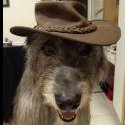

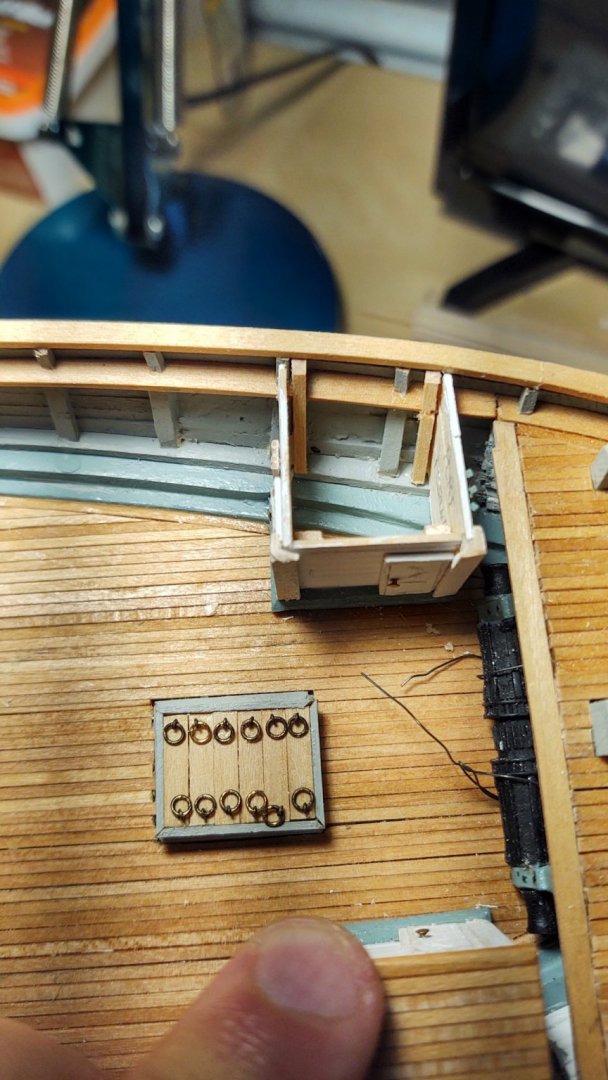
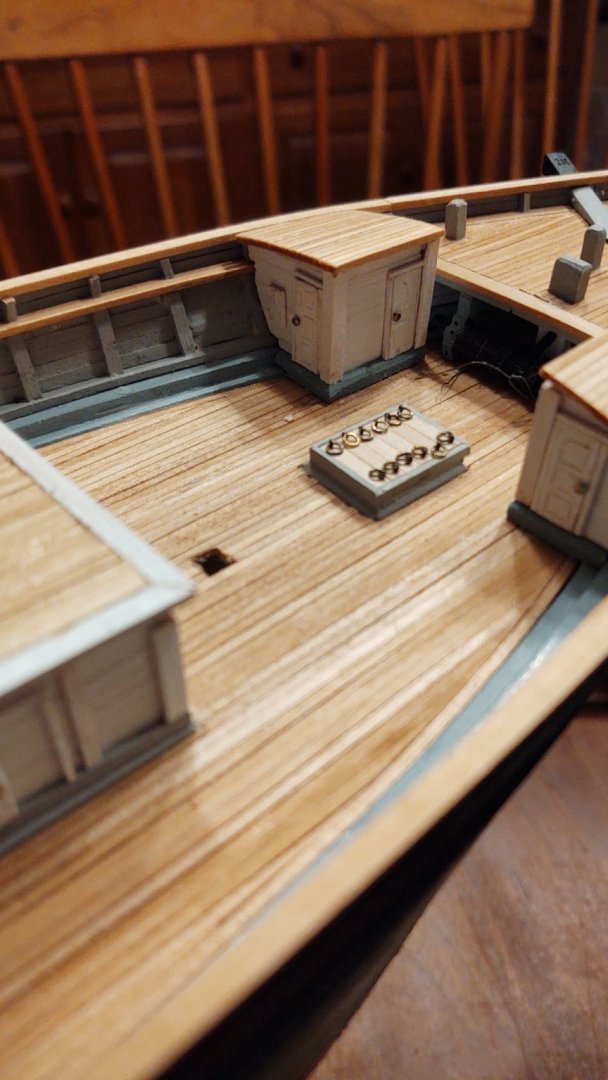
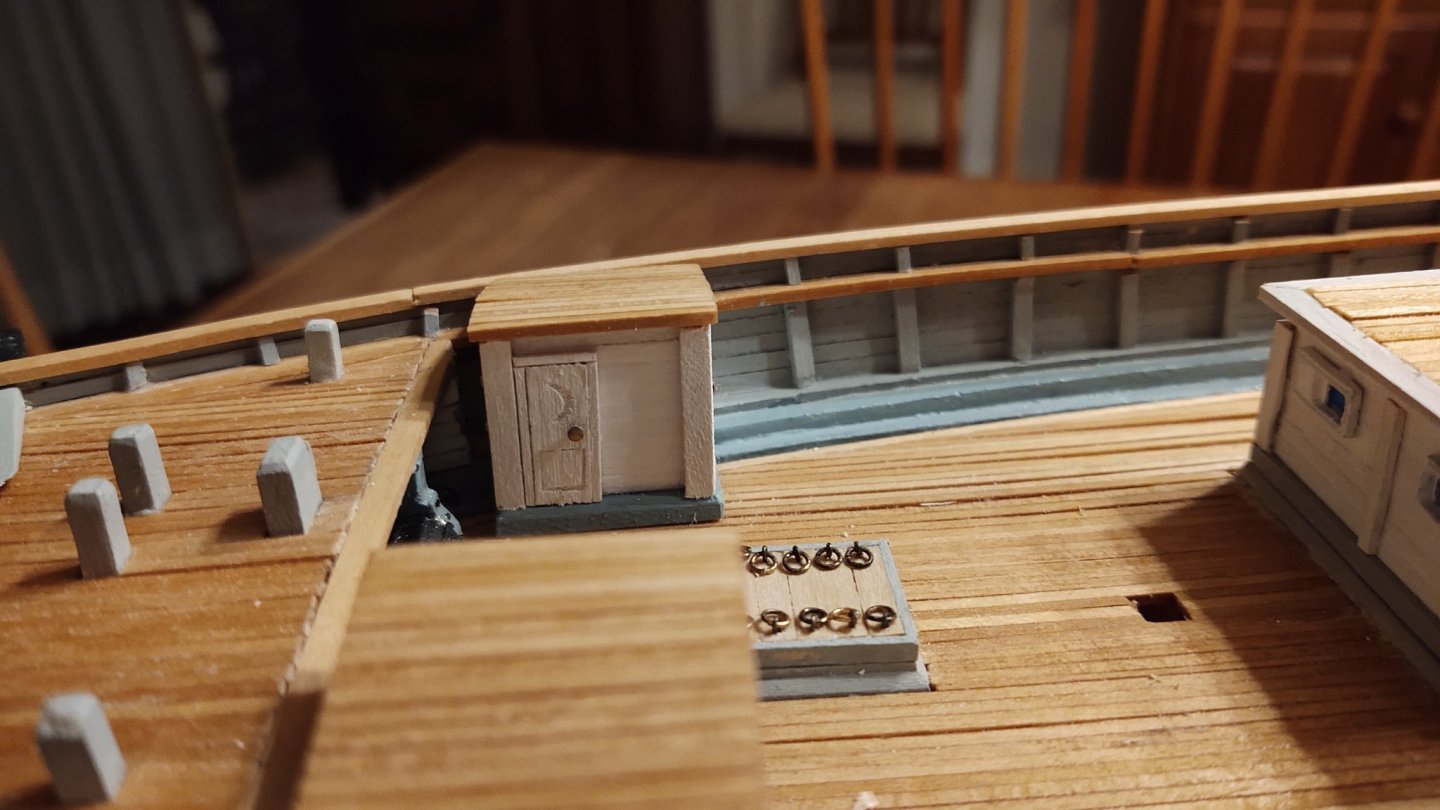
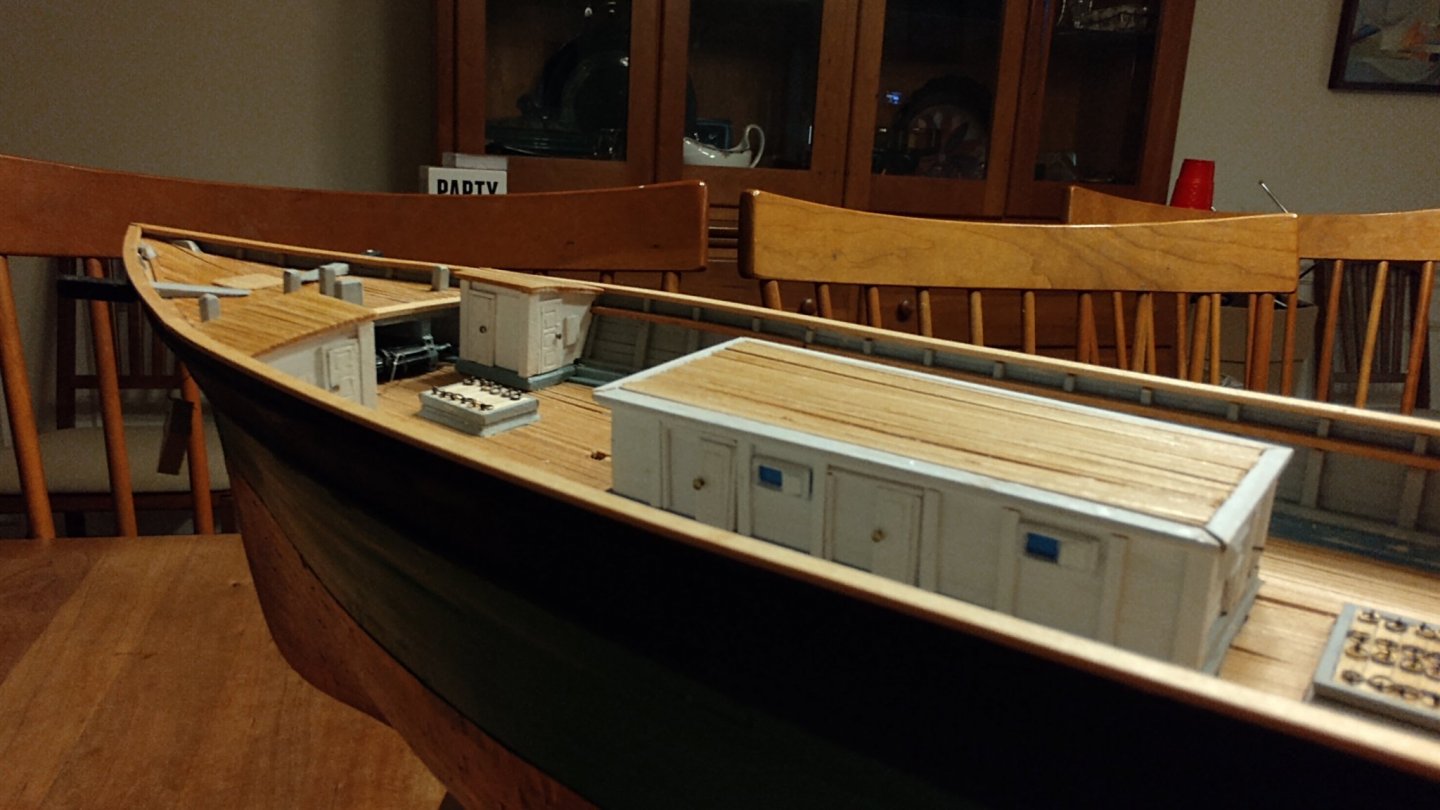
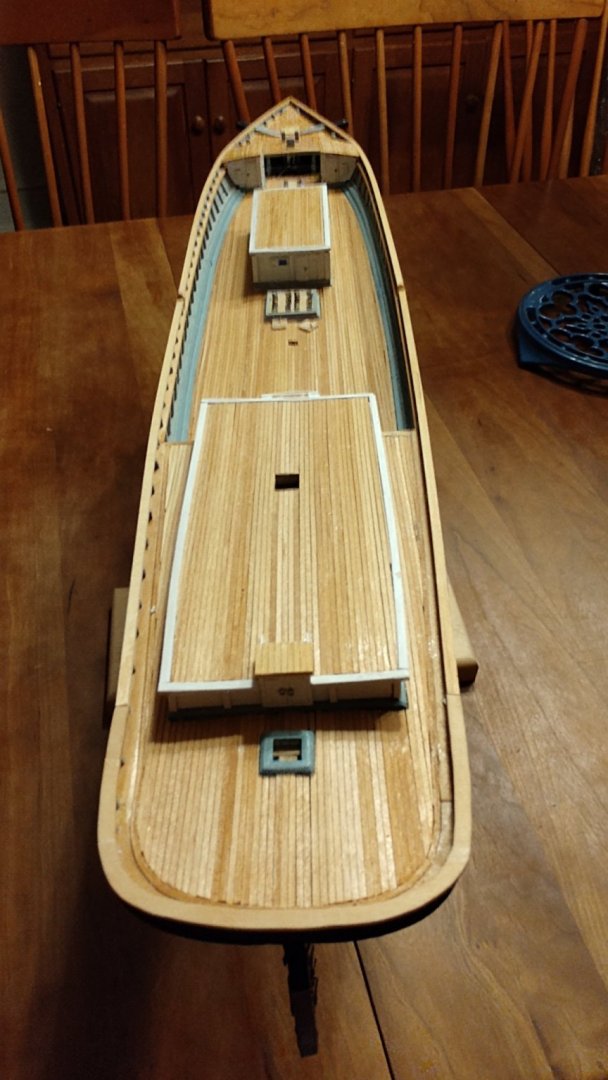
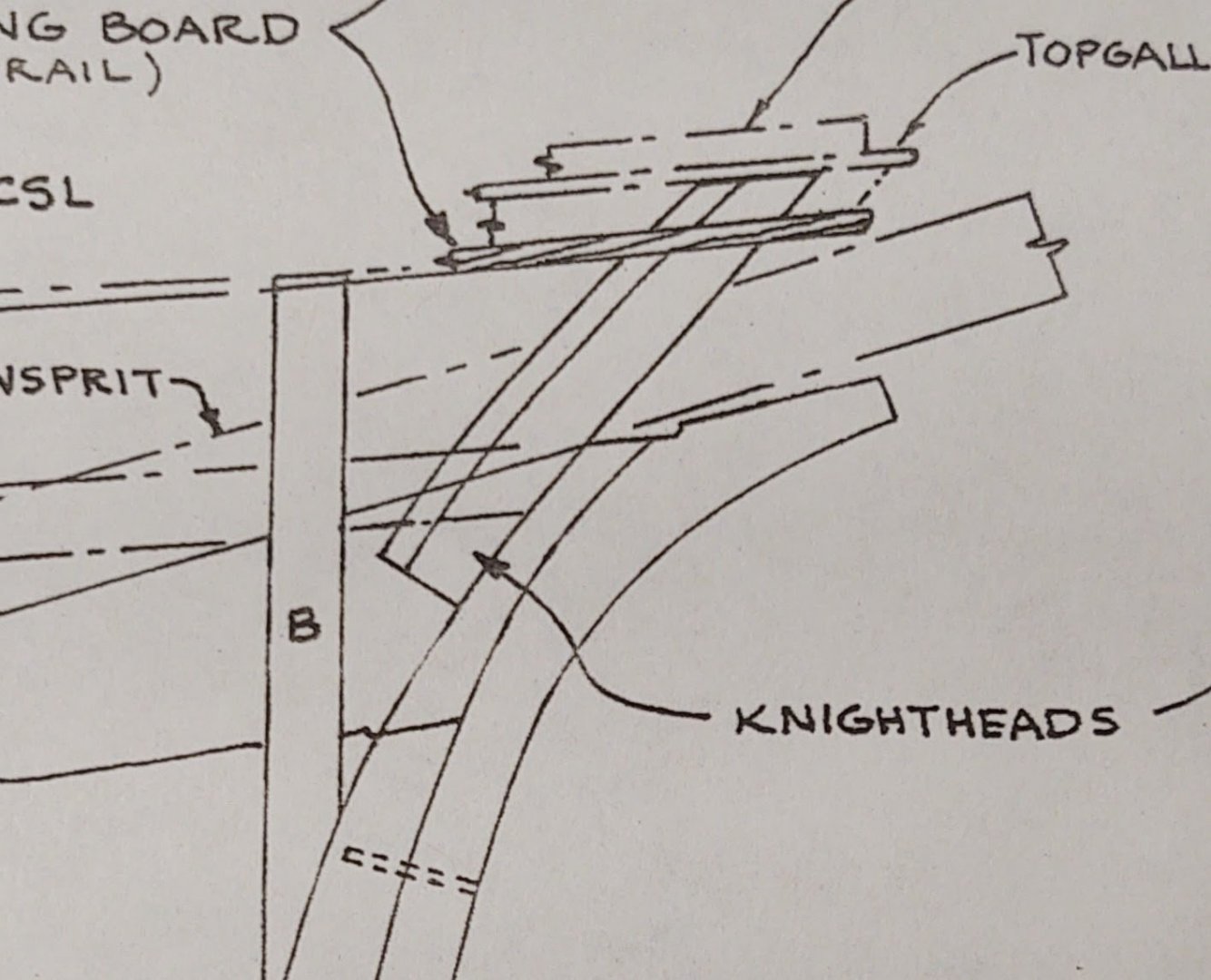
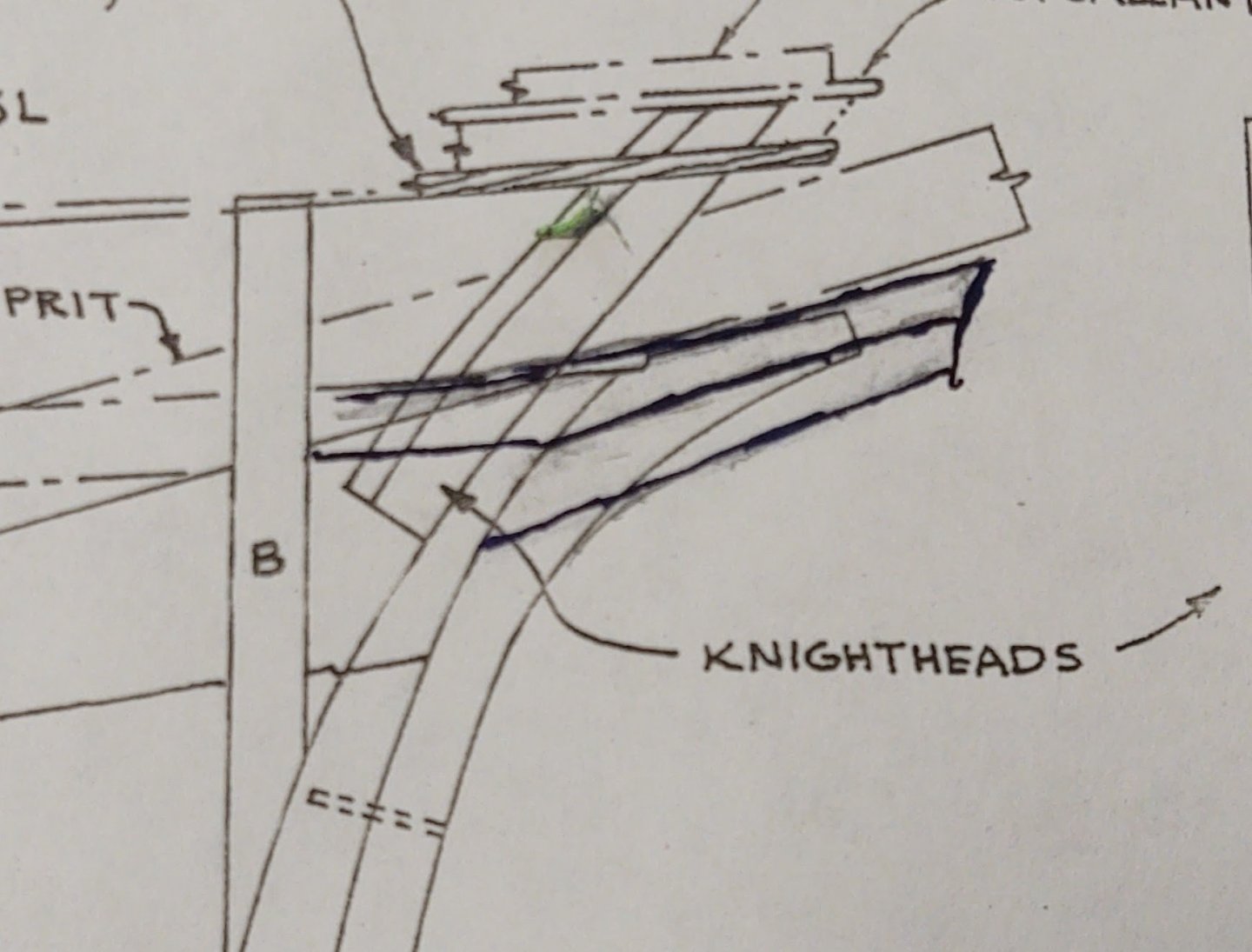
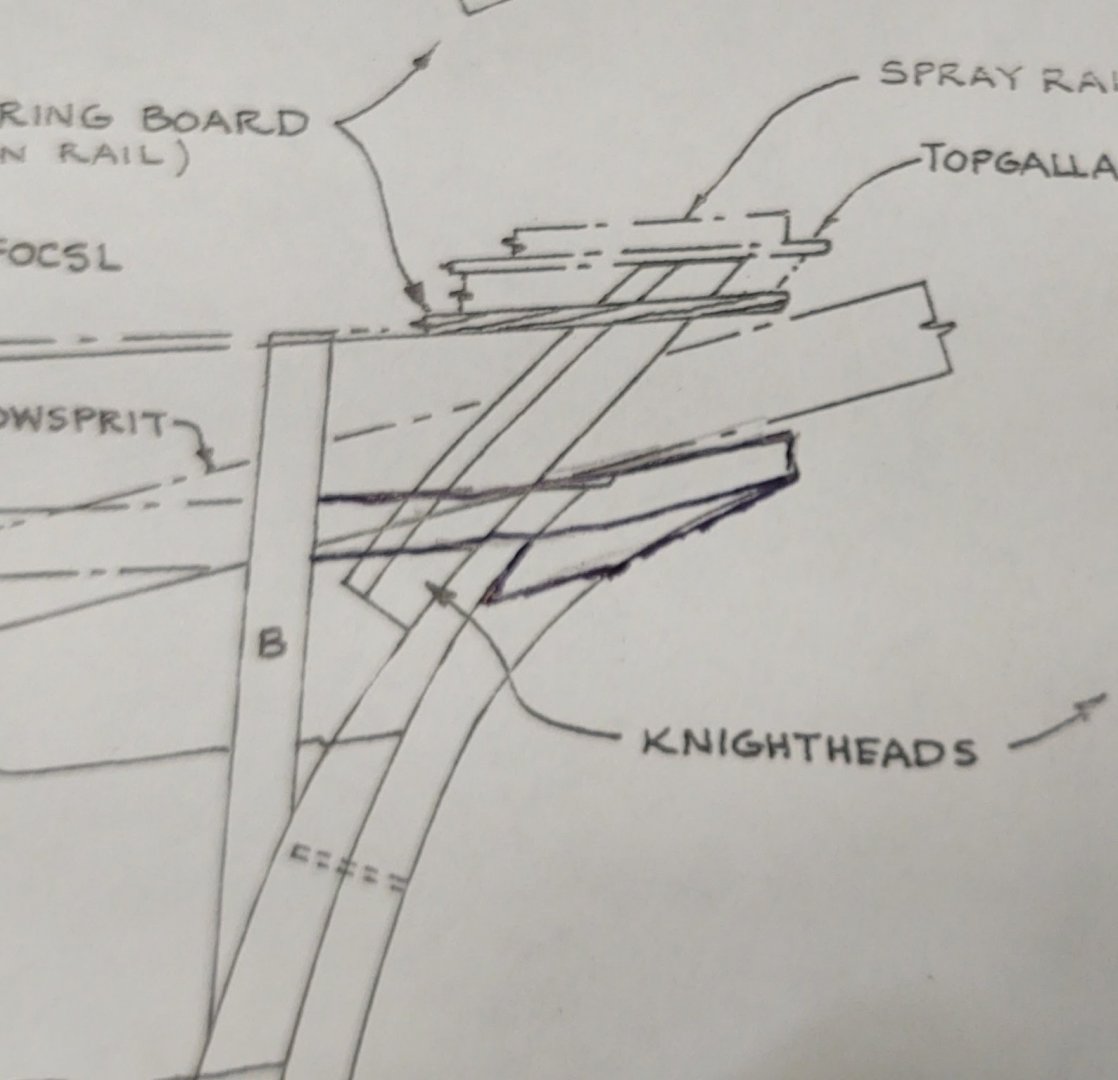
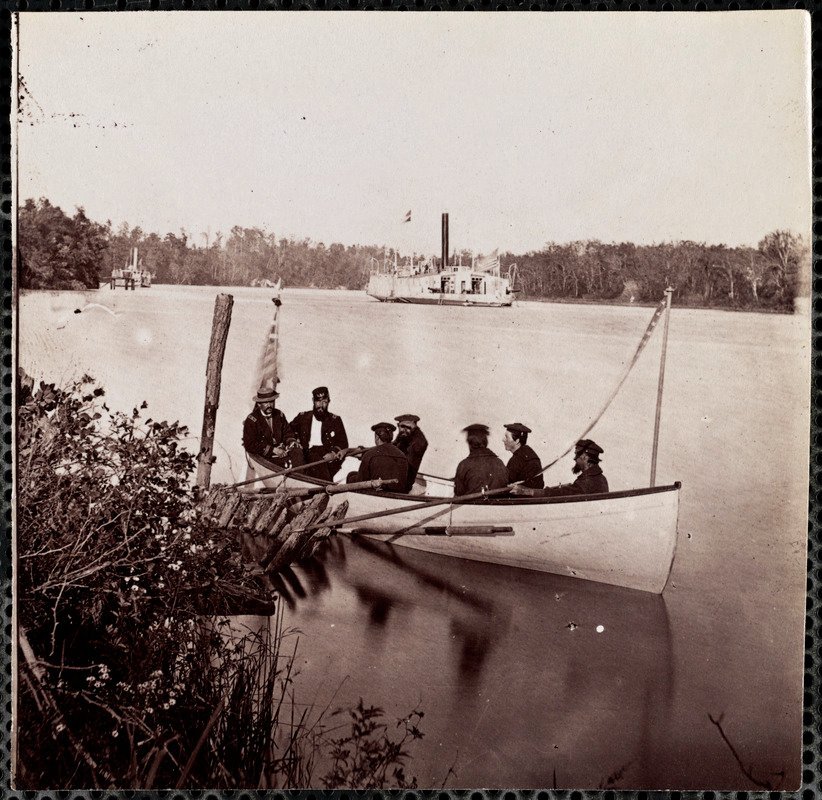

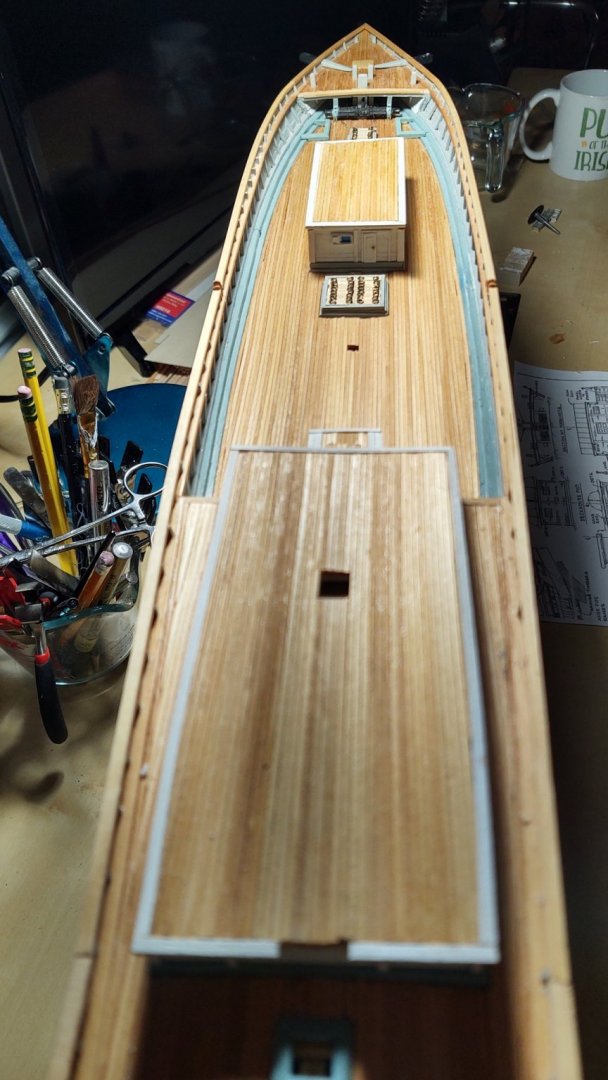
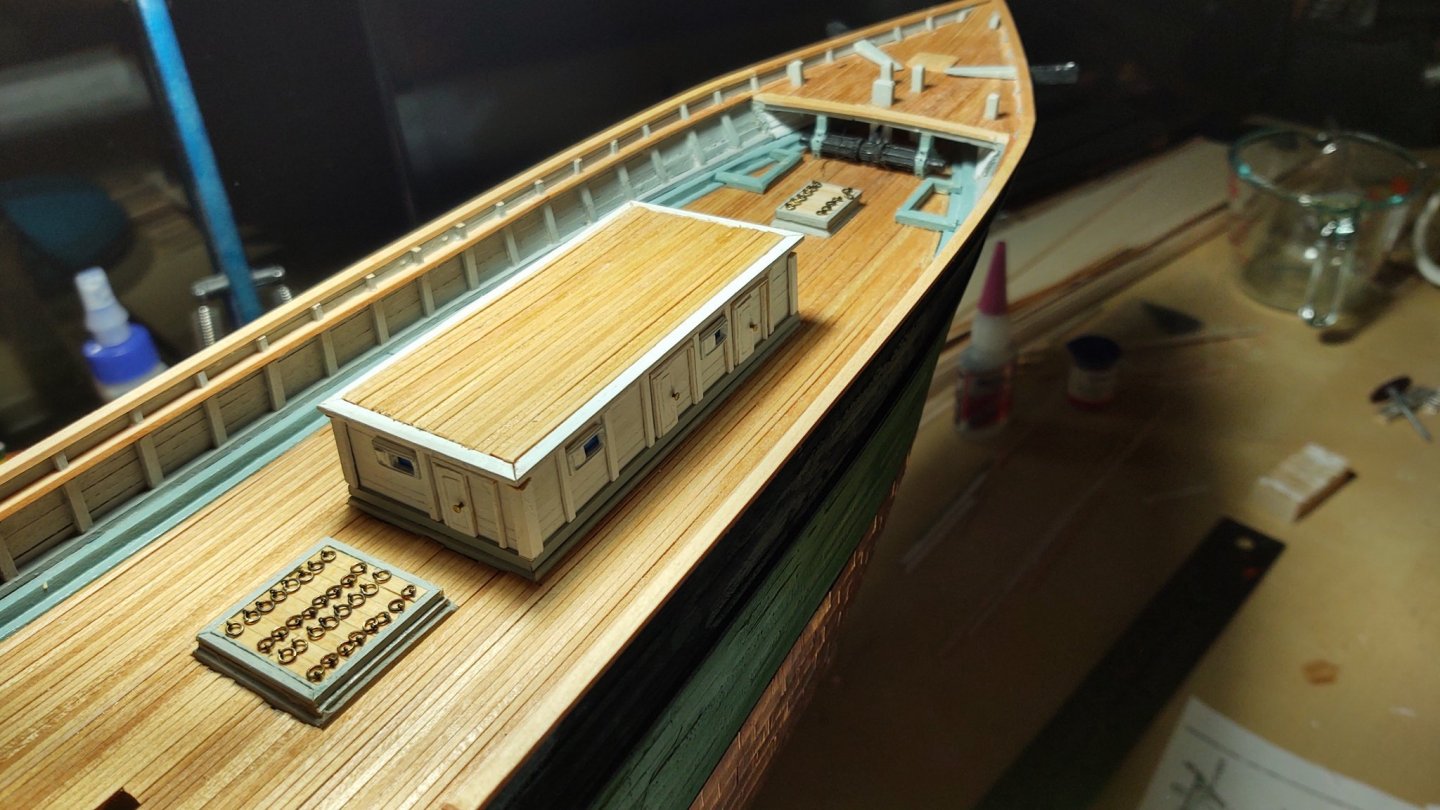
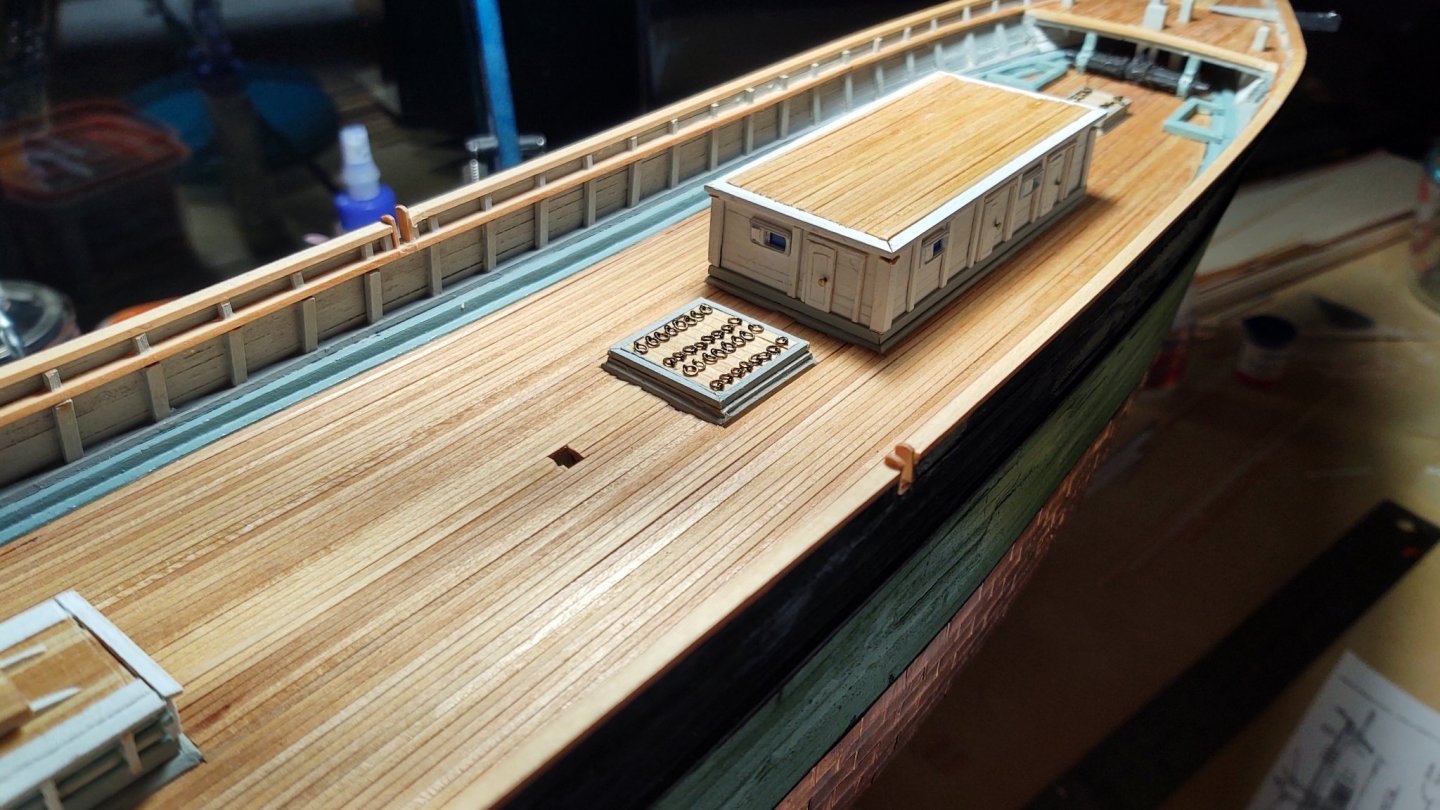
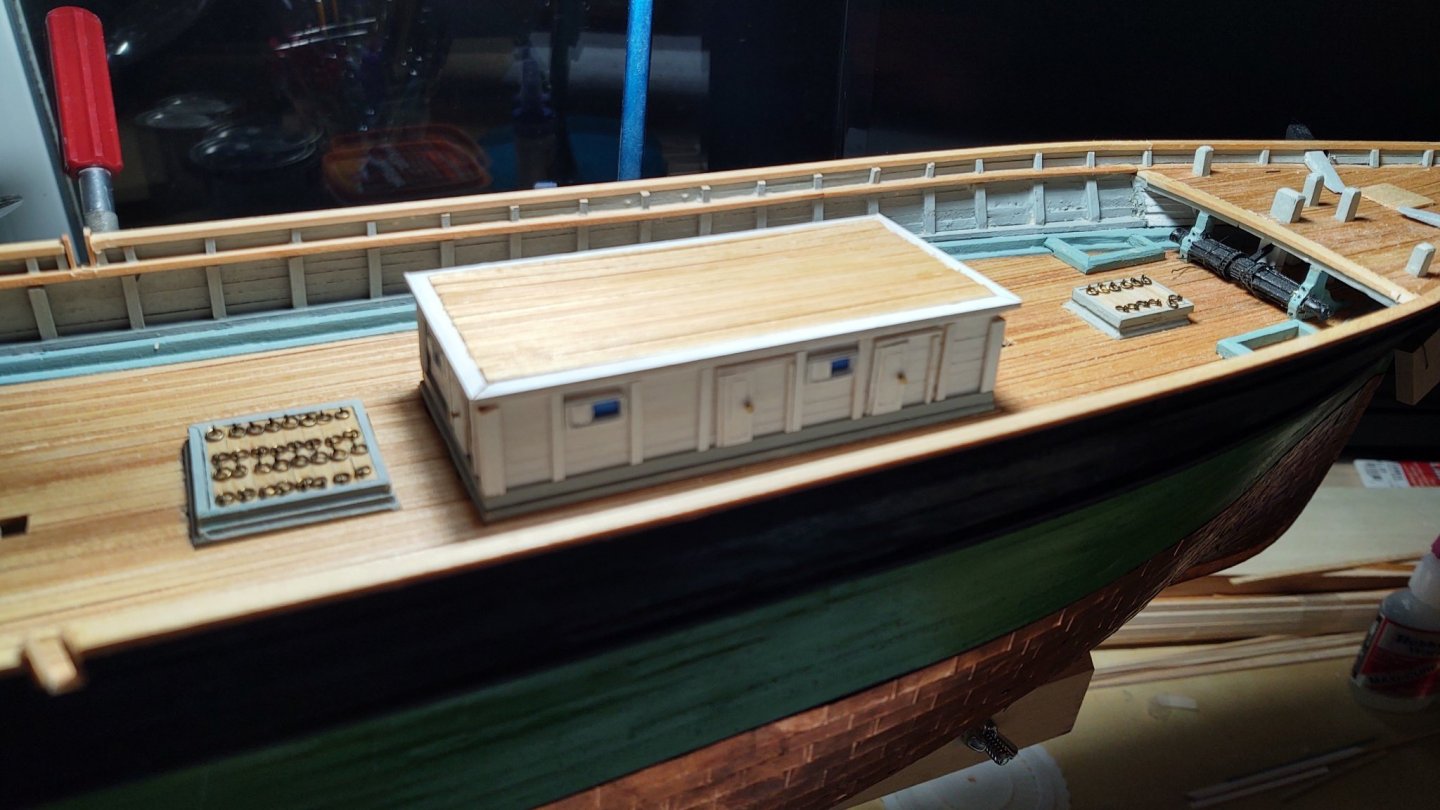
.thumb.jpg.448c76ae04d7946243c9ead80e785761.jpg)
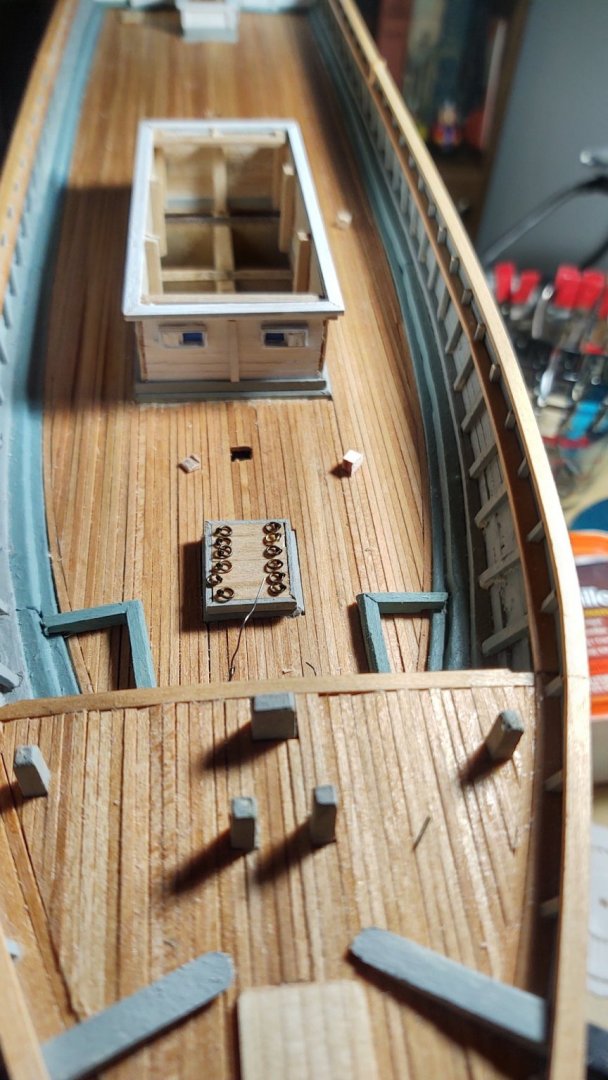
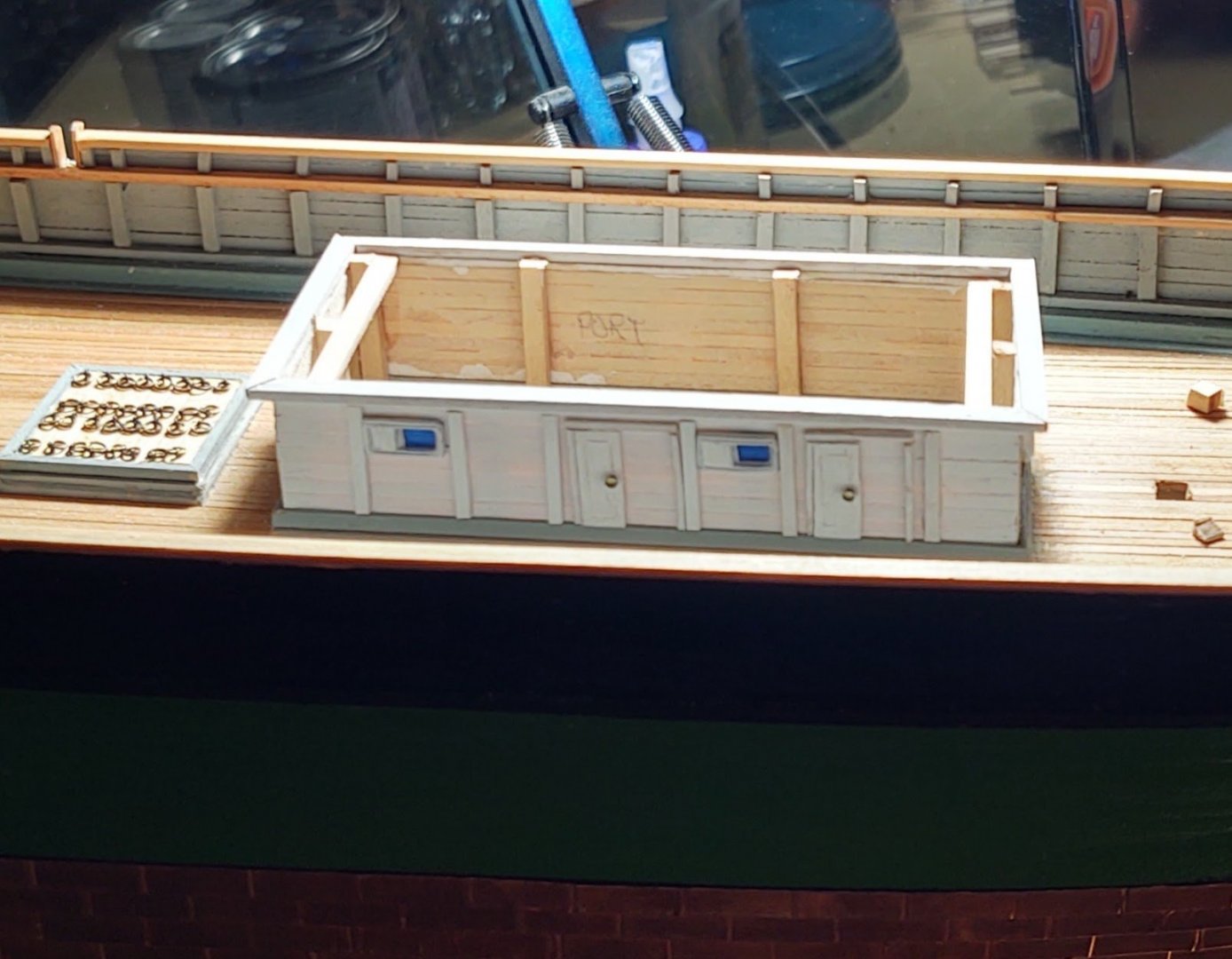
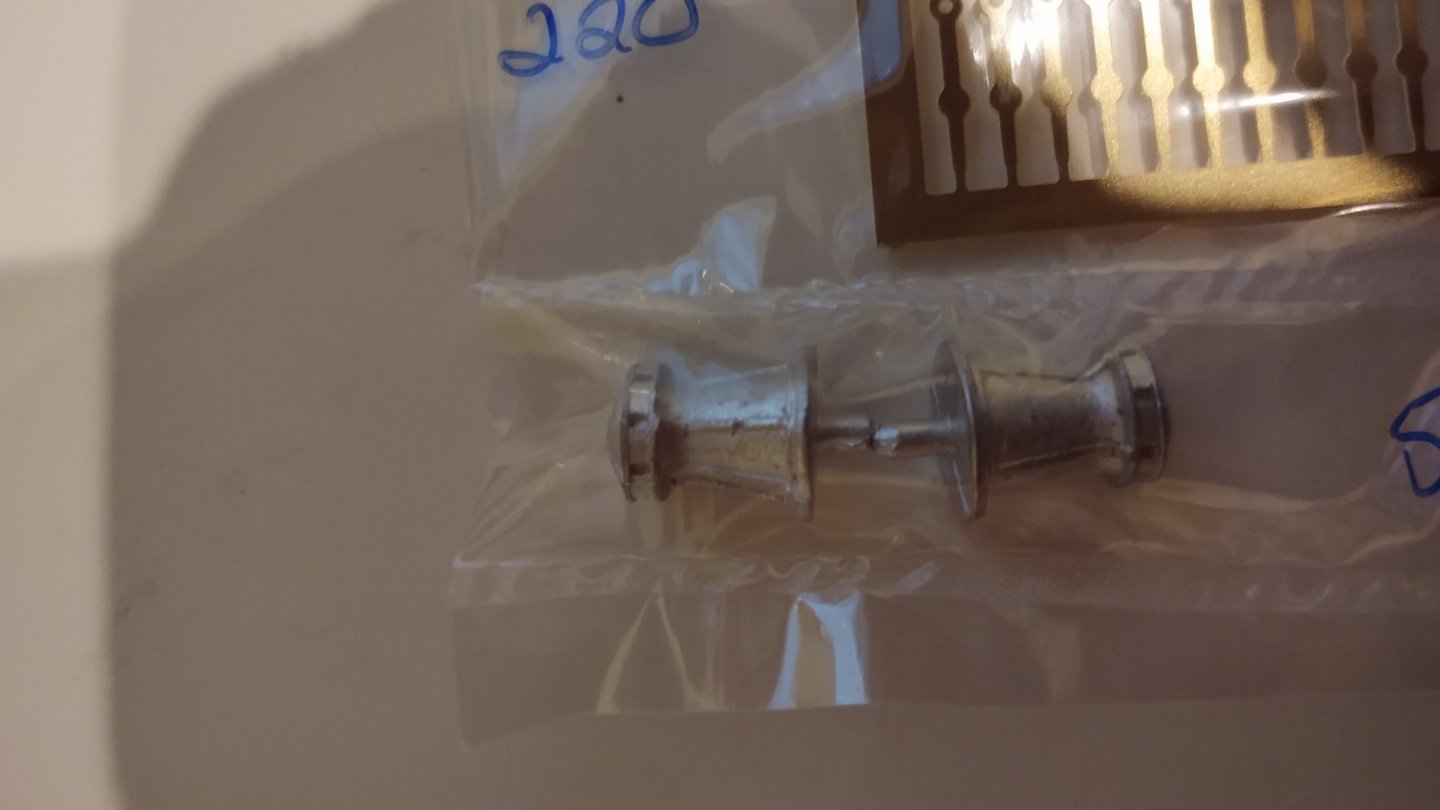

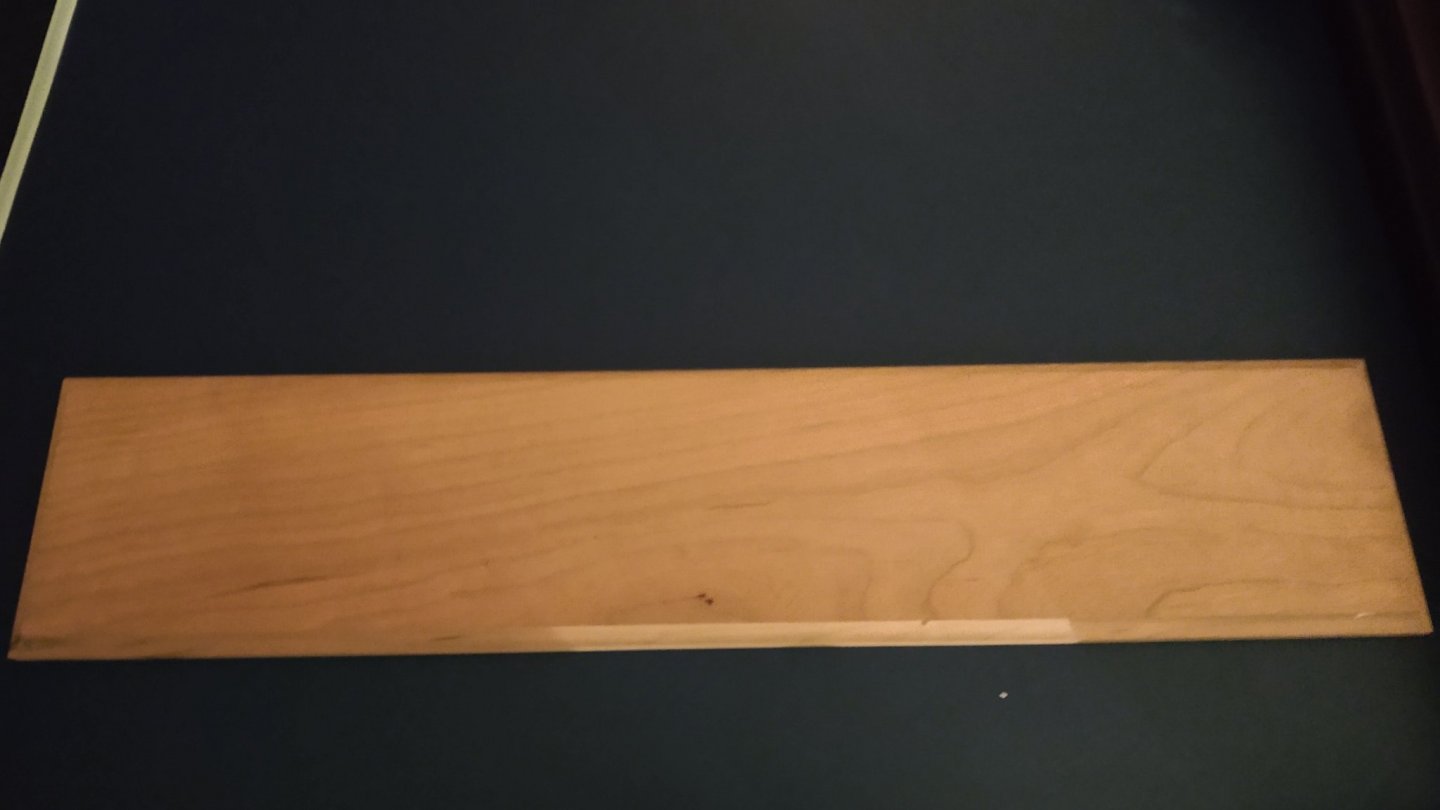
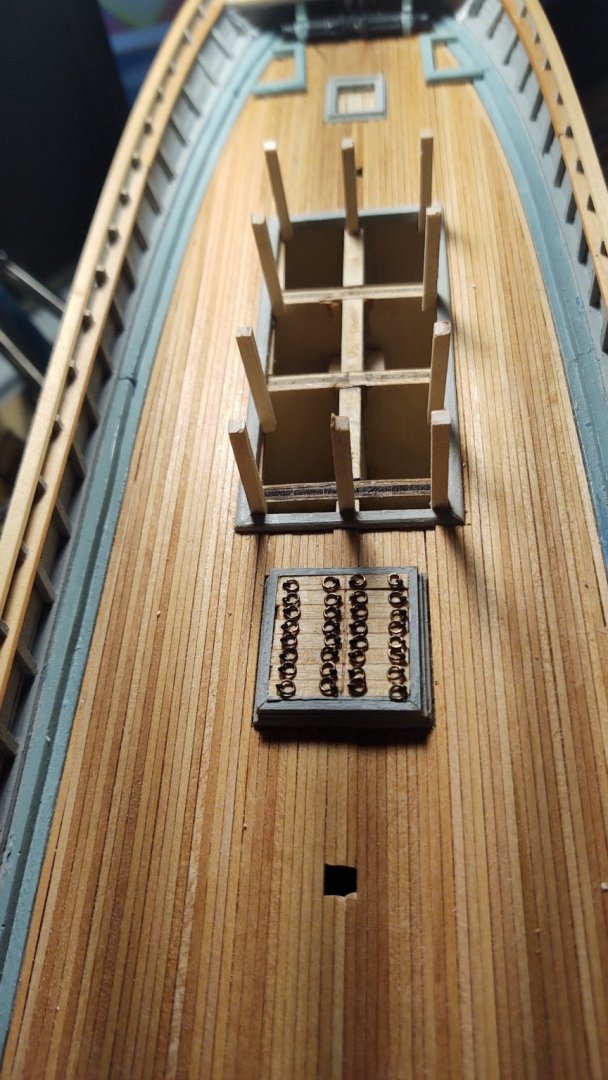
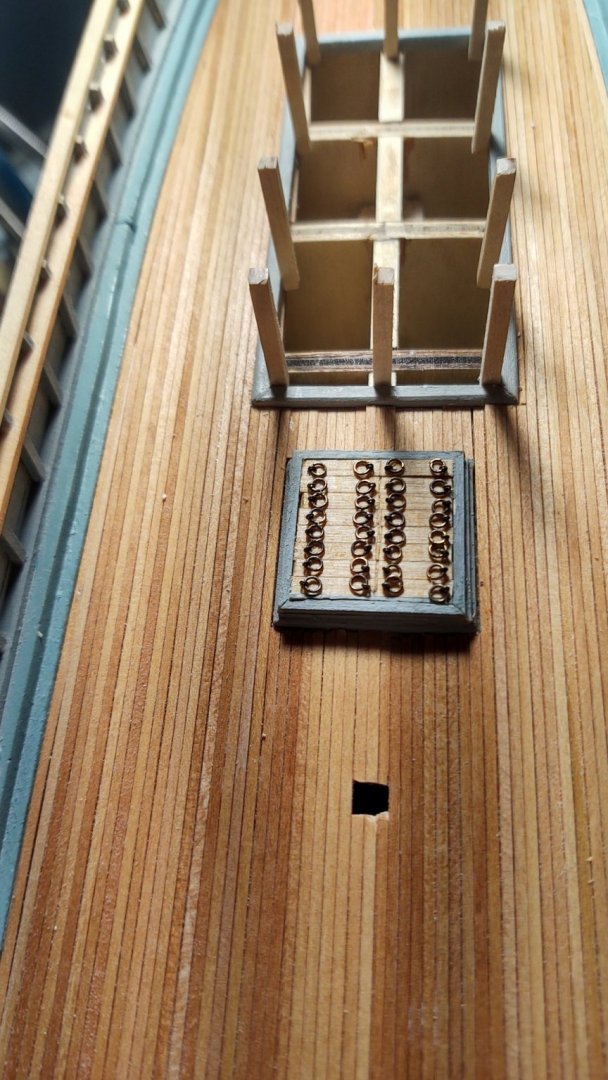
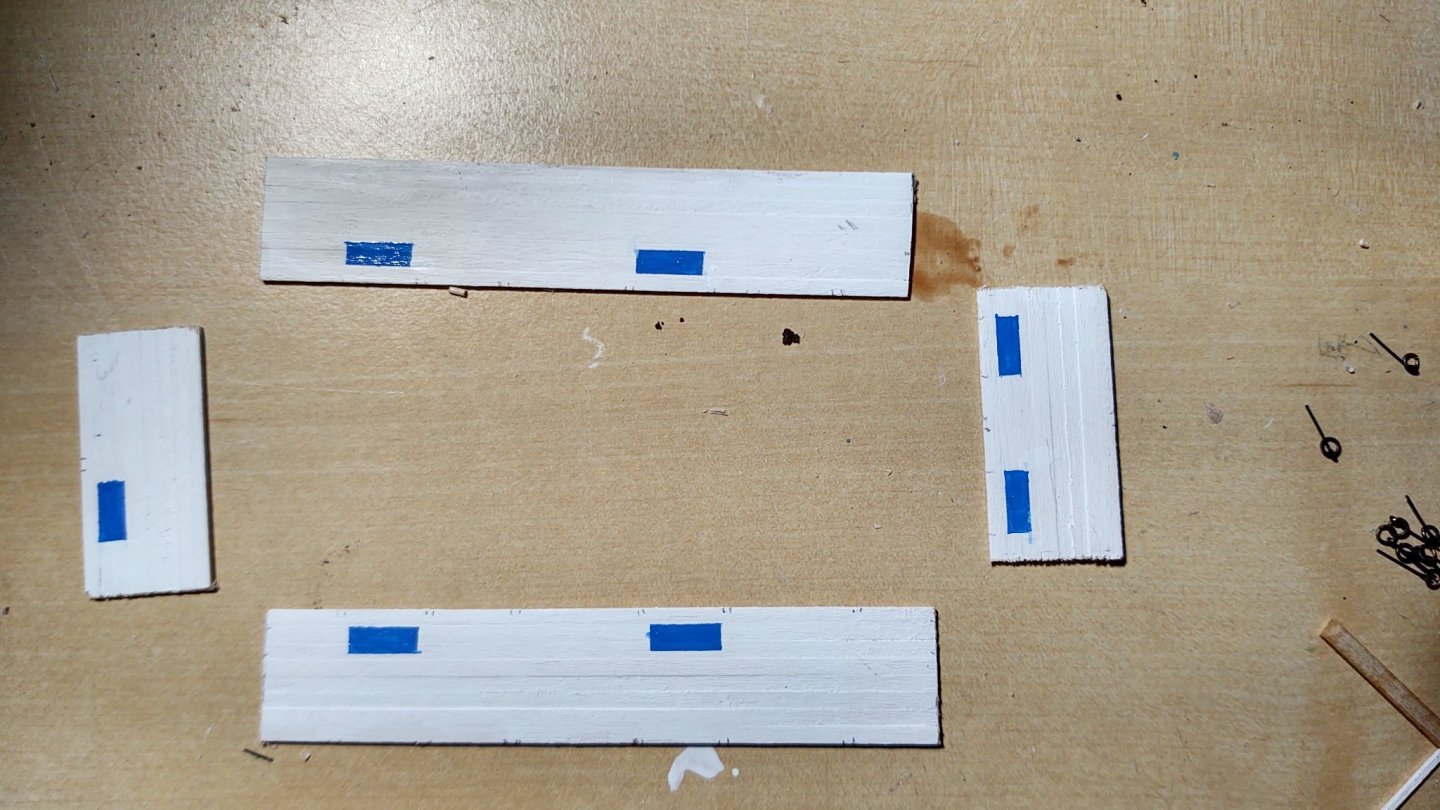
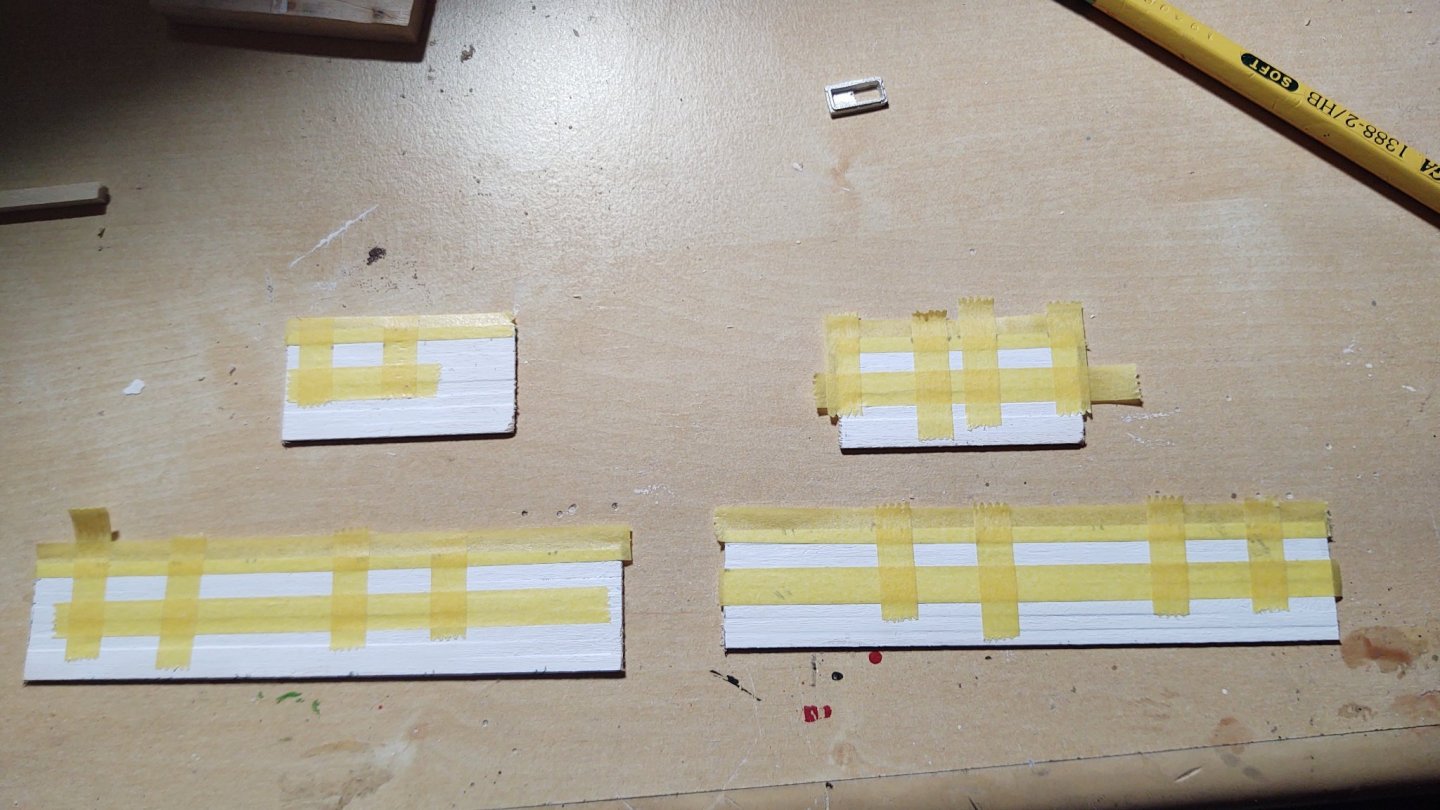
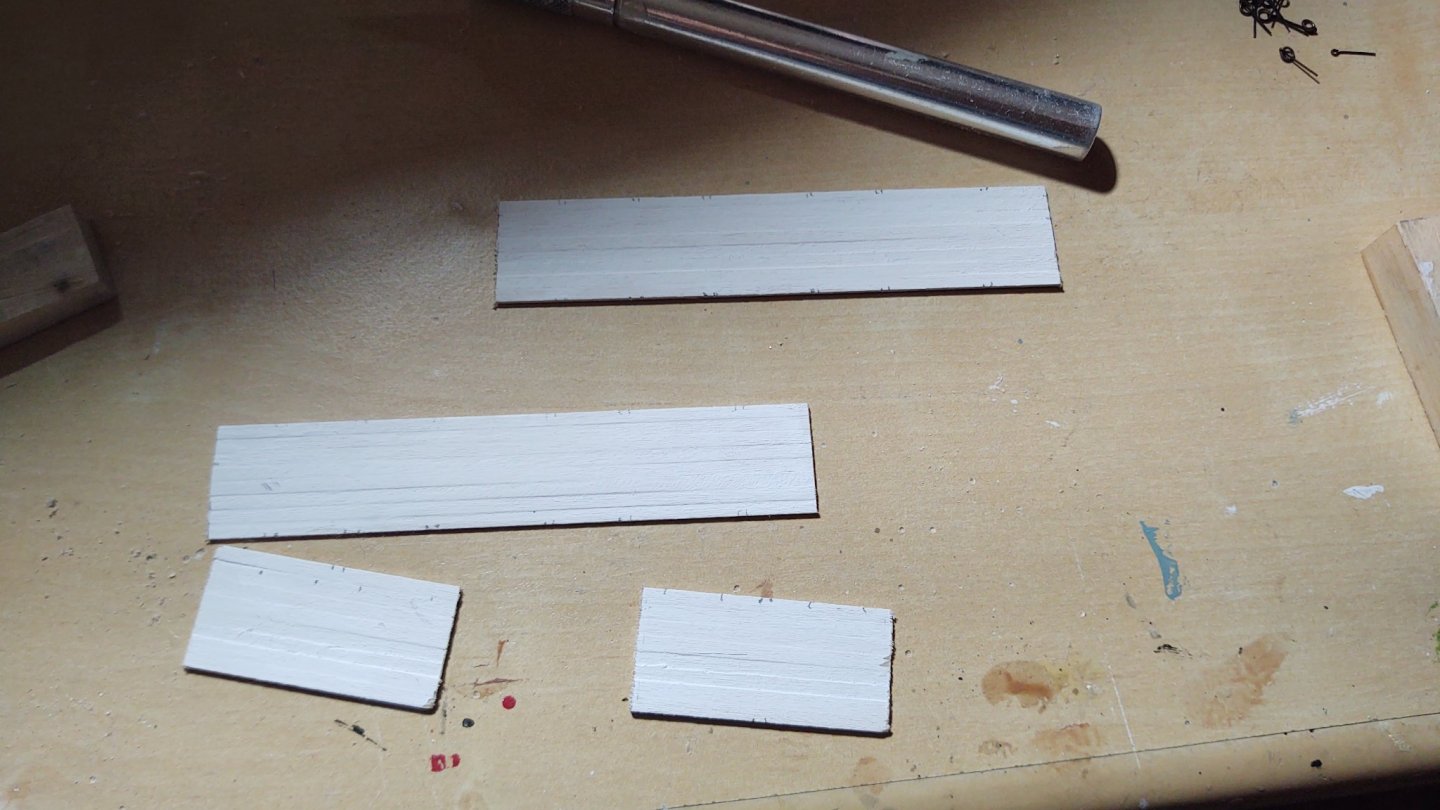
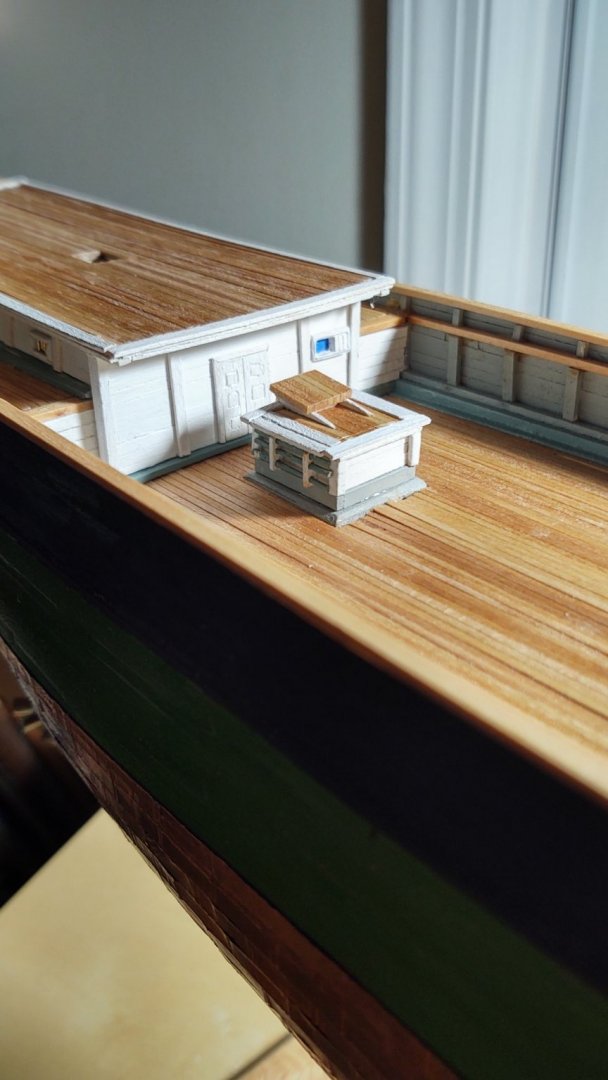
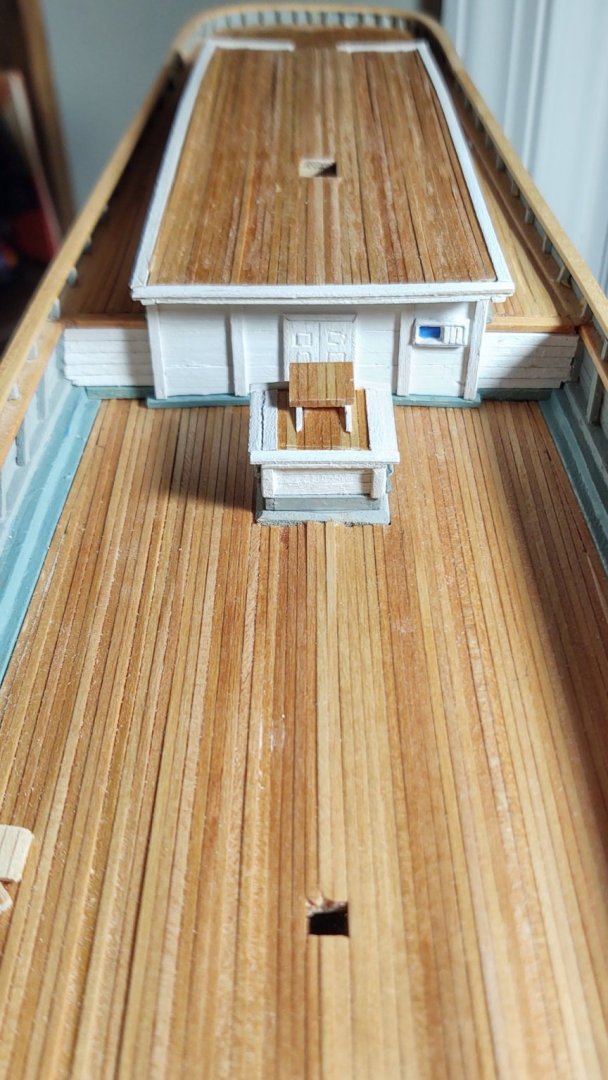
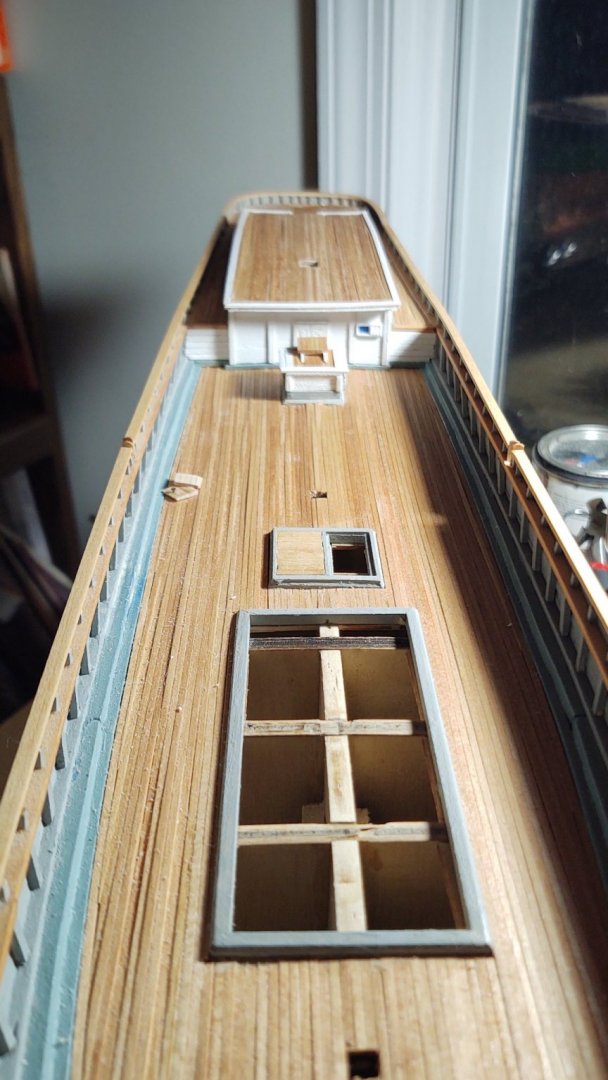
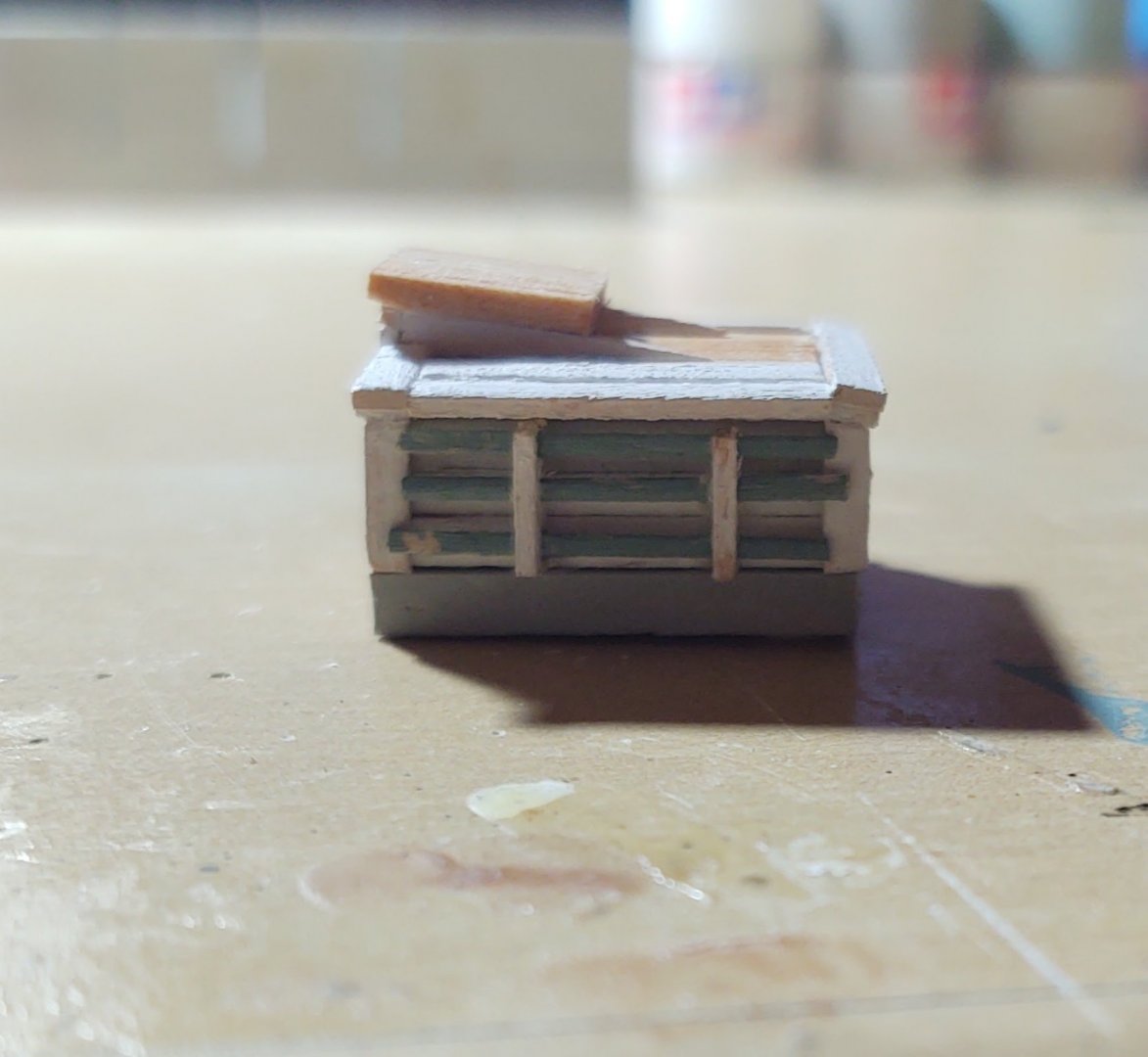
.thumb.jpg.86b0c33580dbc1ff47c6cba10adb7f98.jpg)
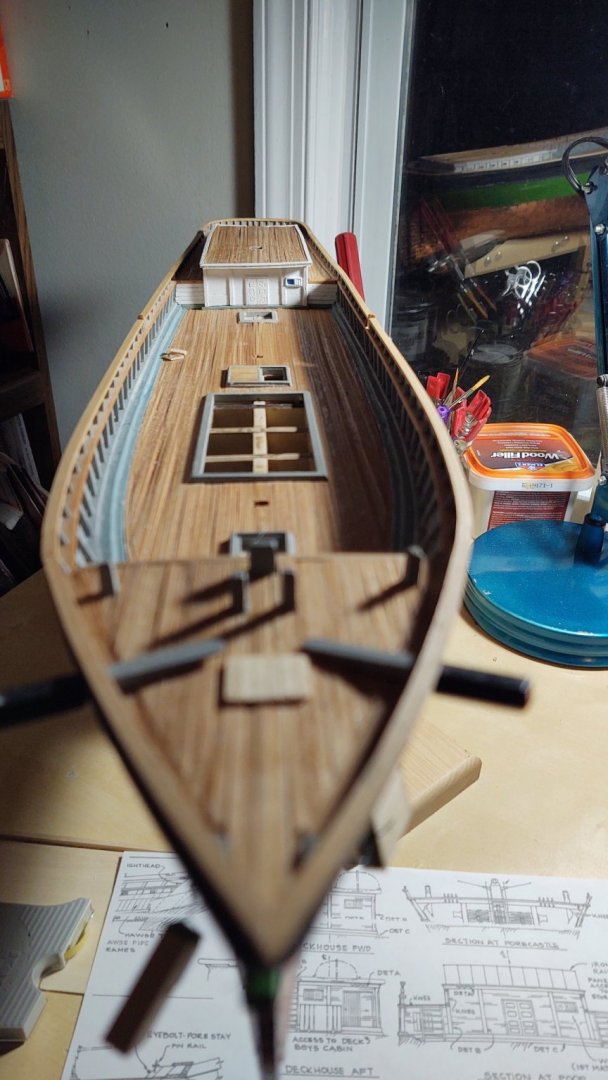
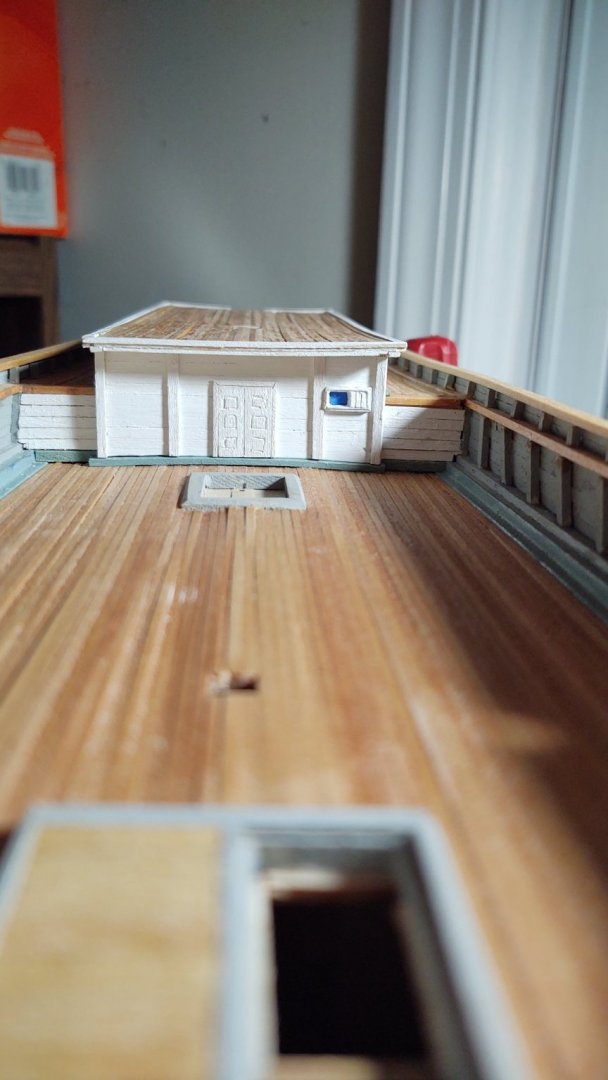
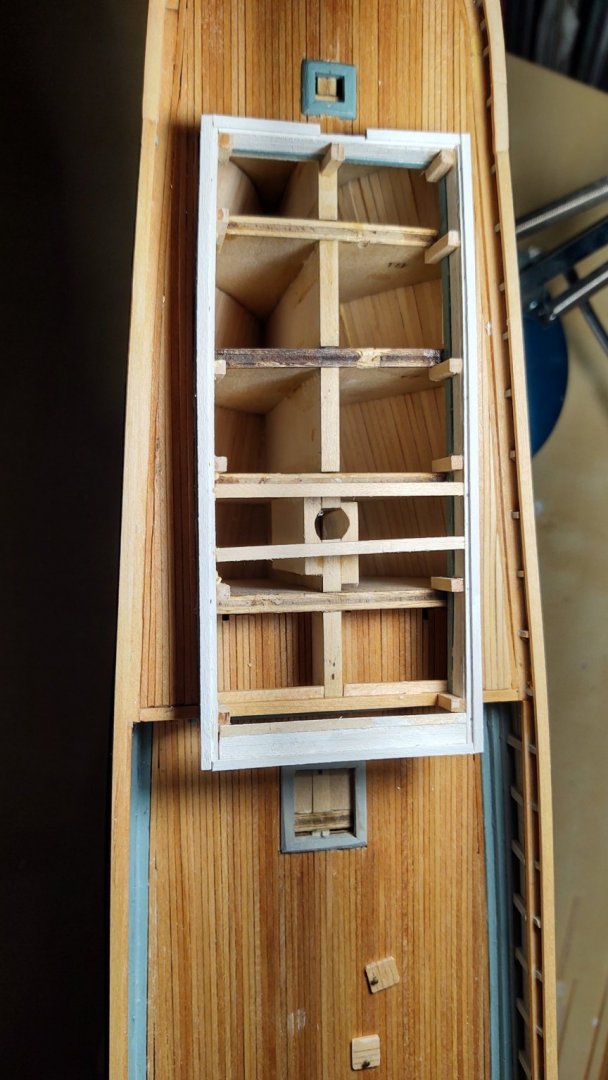
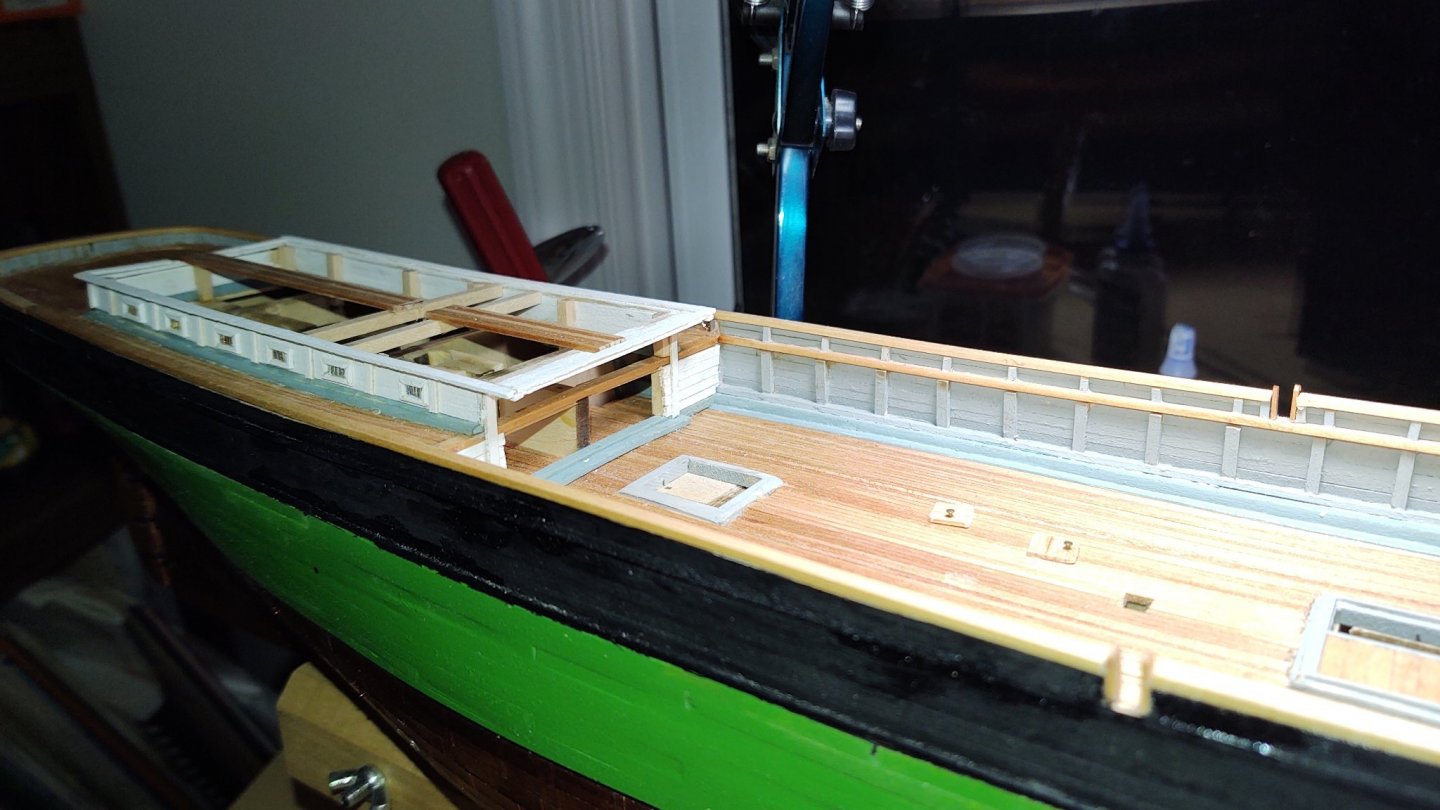
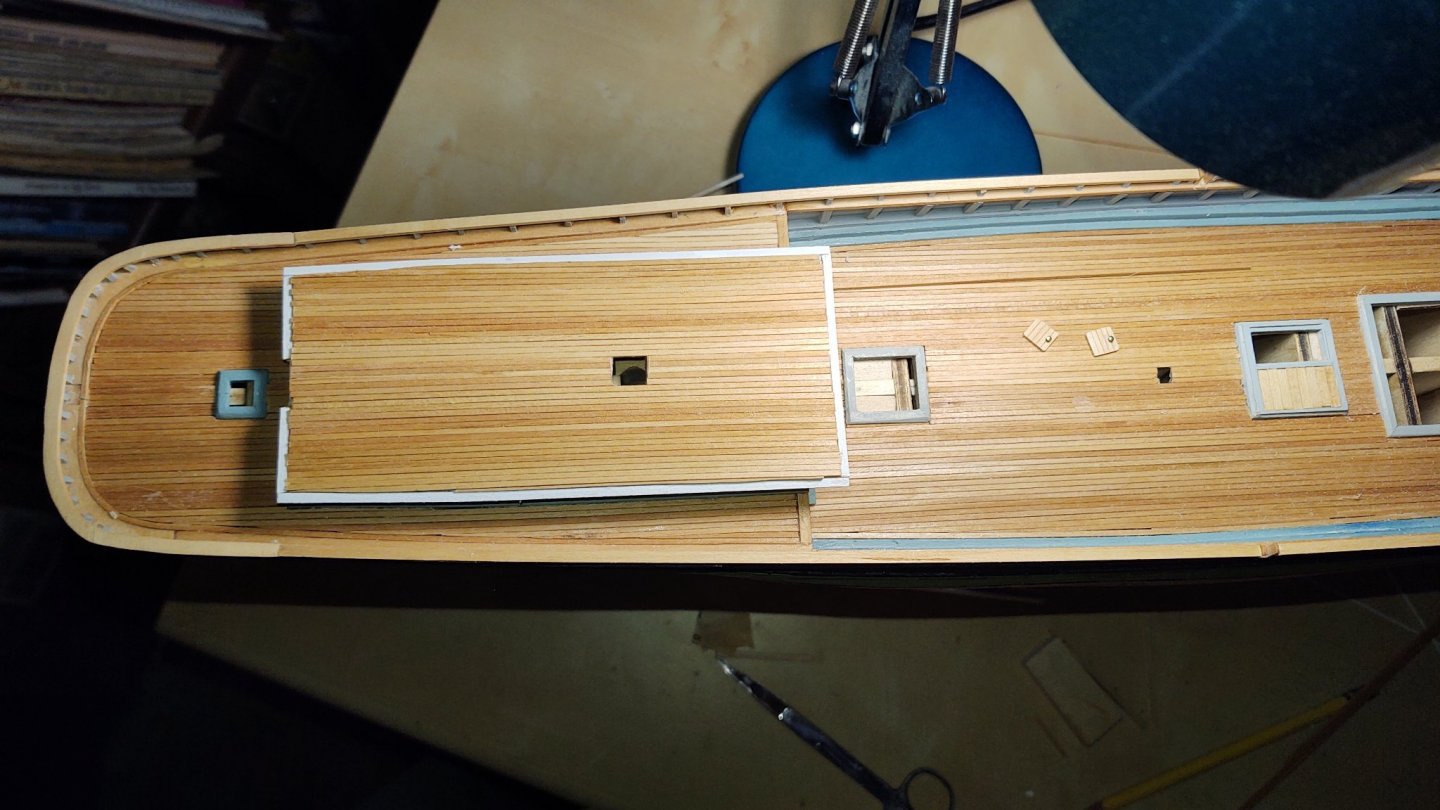
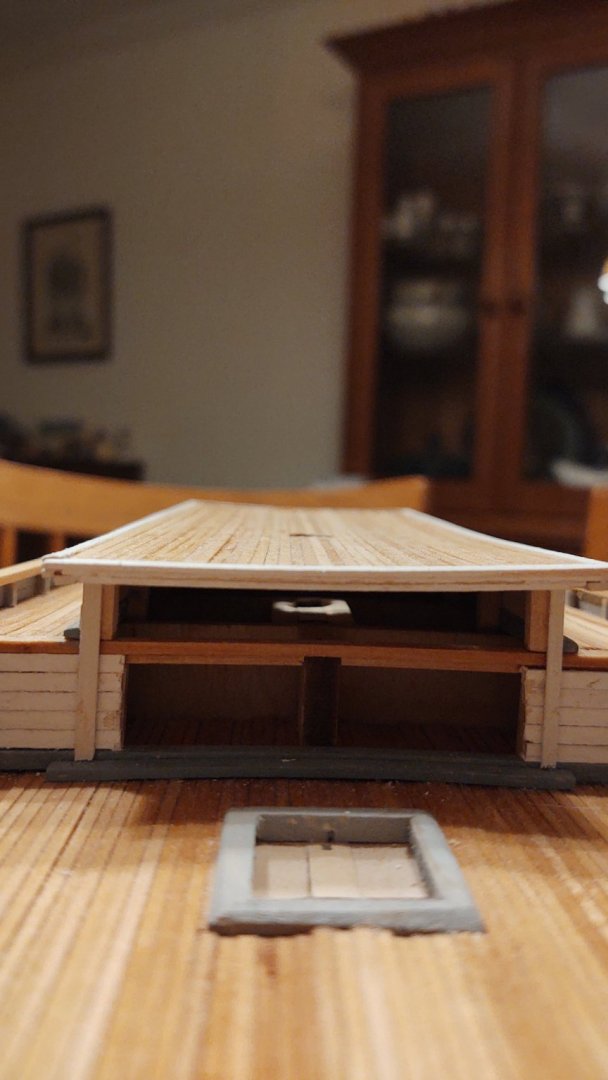
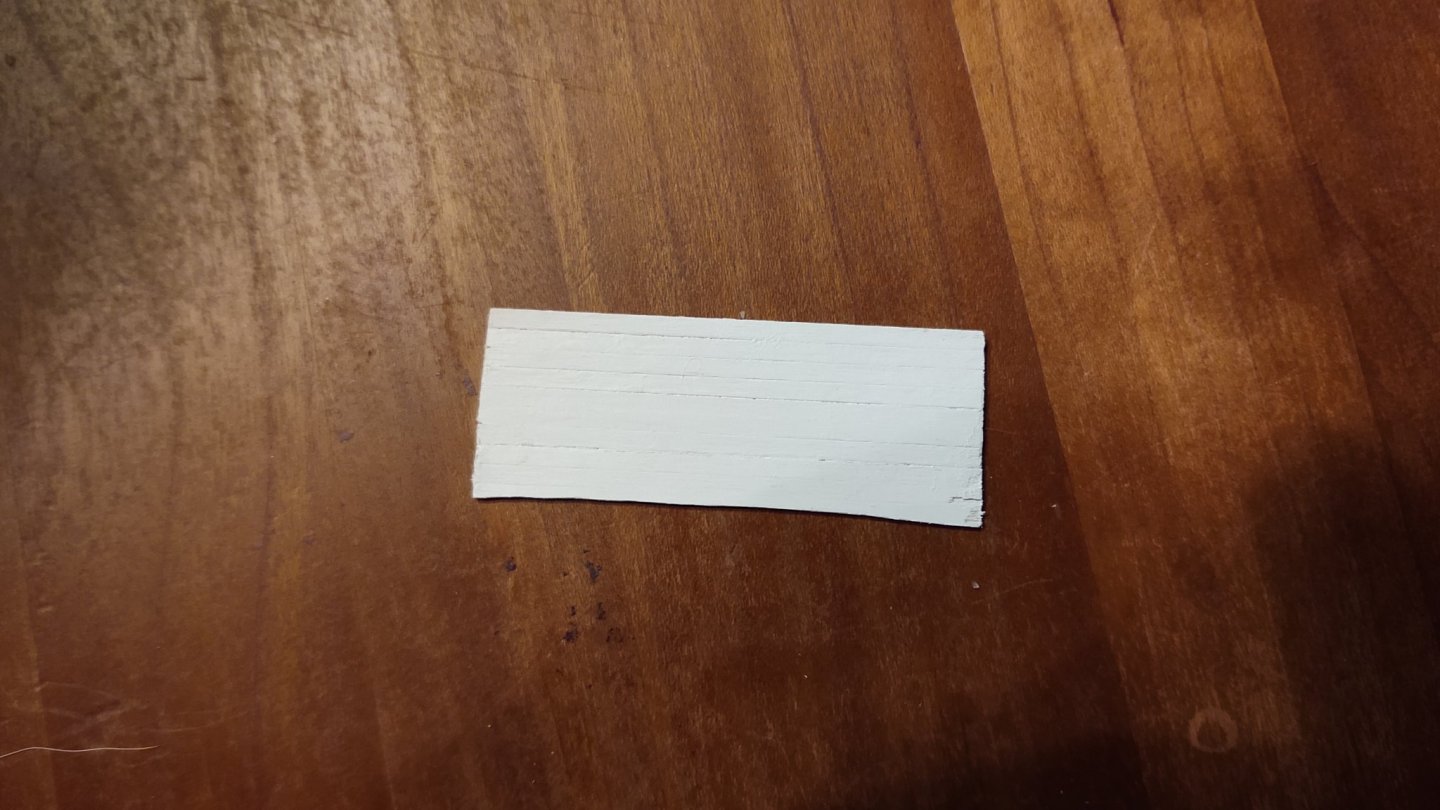
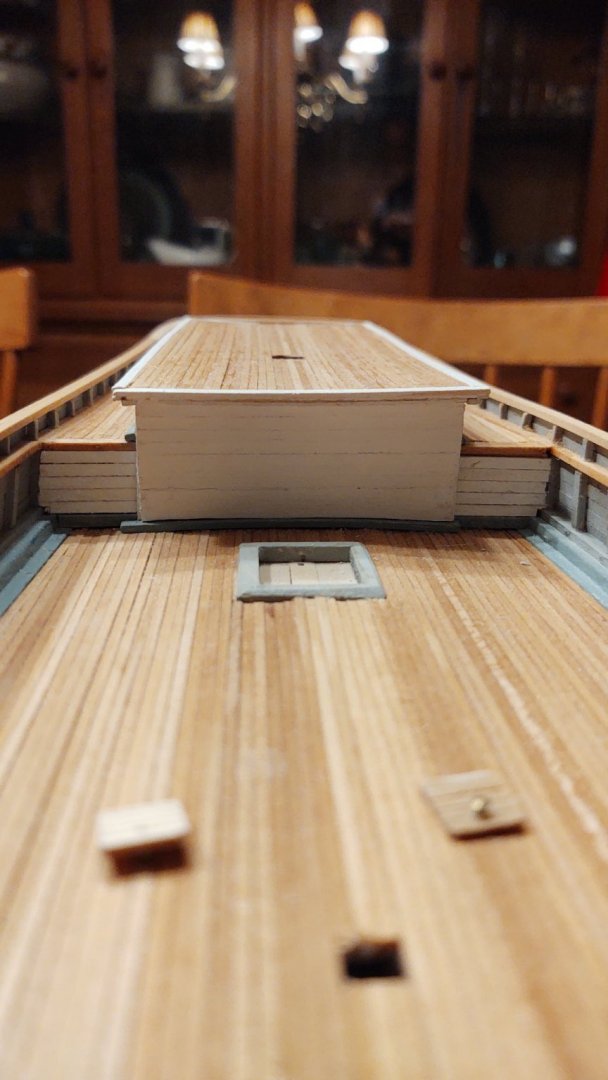
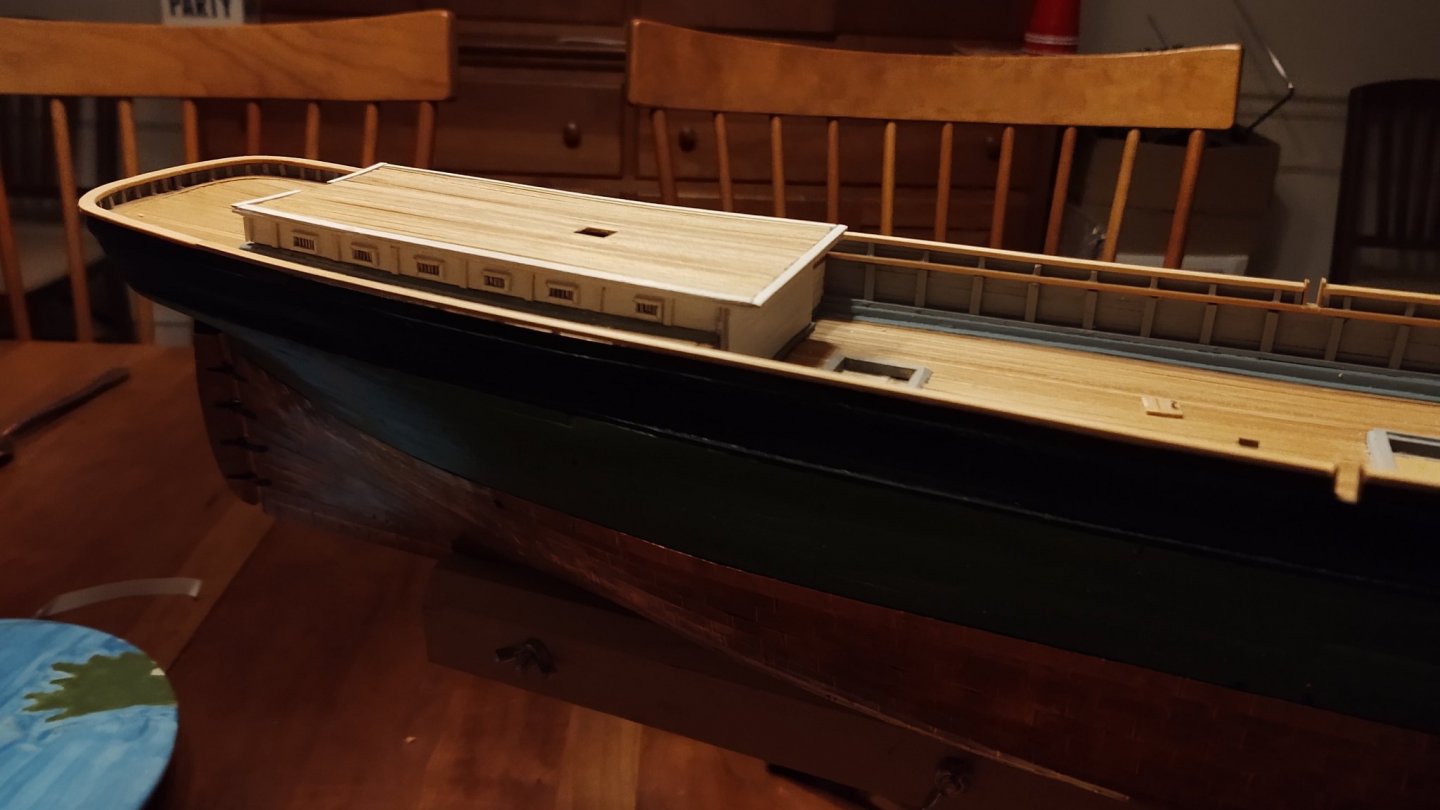
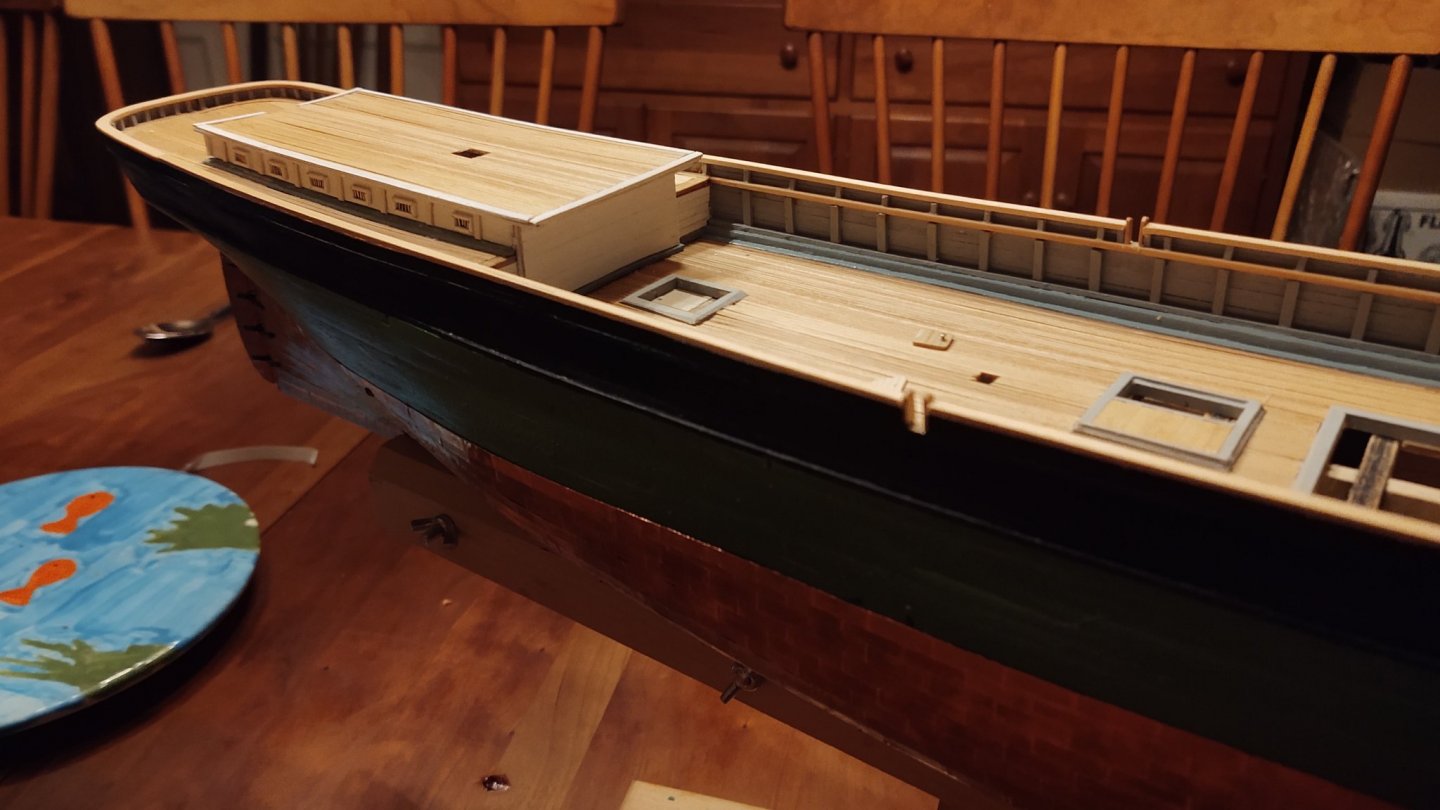
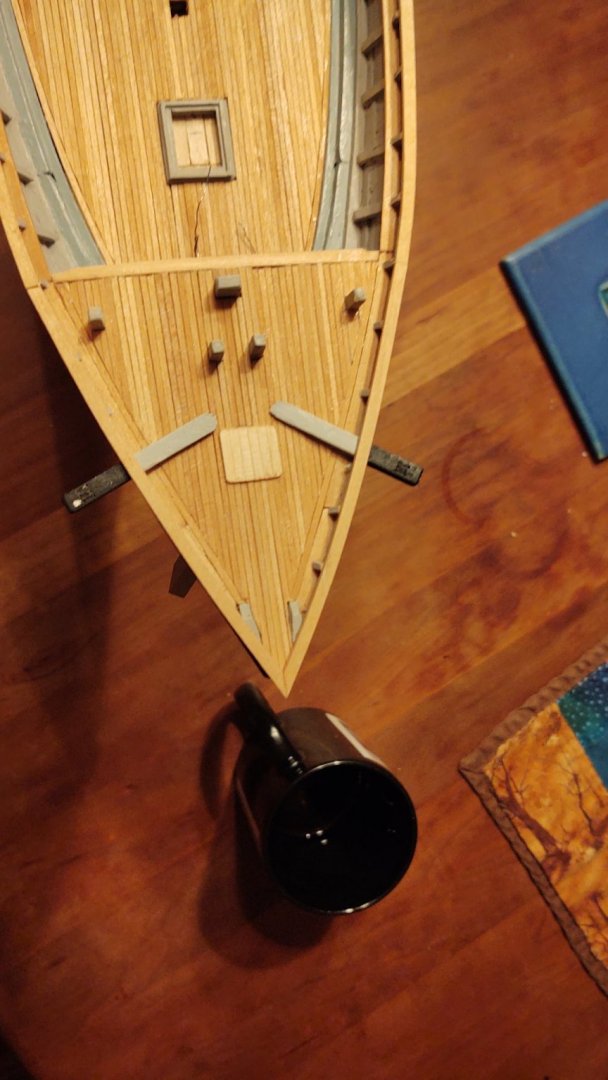
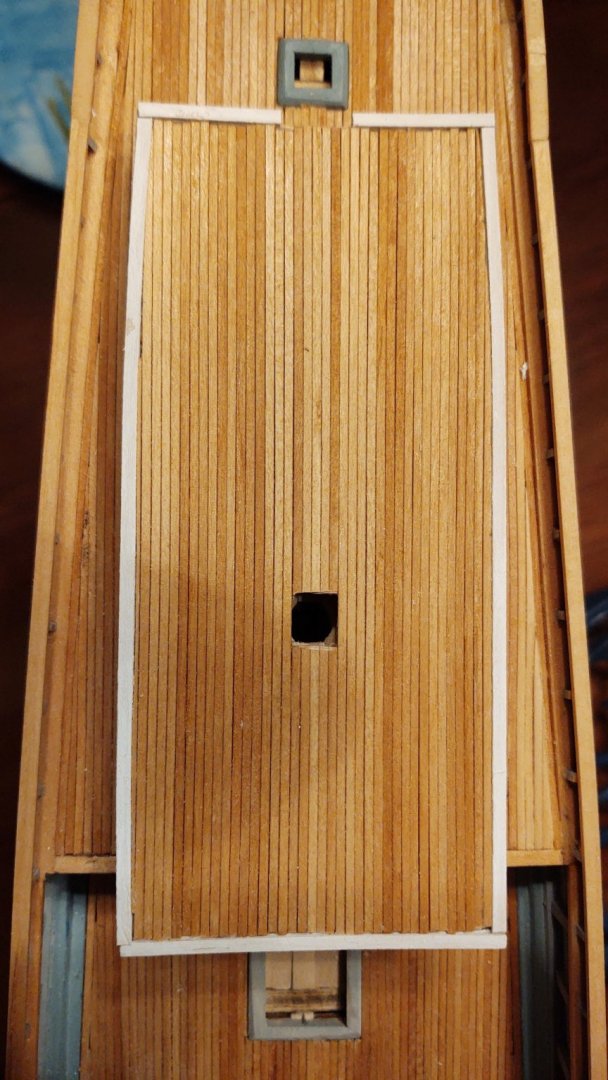
.thumb.jpg.9cfd3d3cdeea7d37c44ed02222f3a891.jpg)